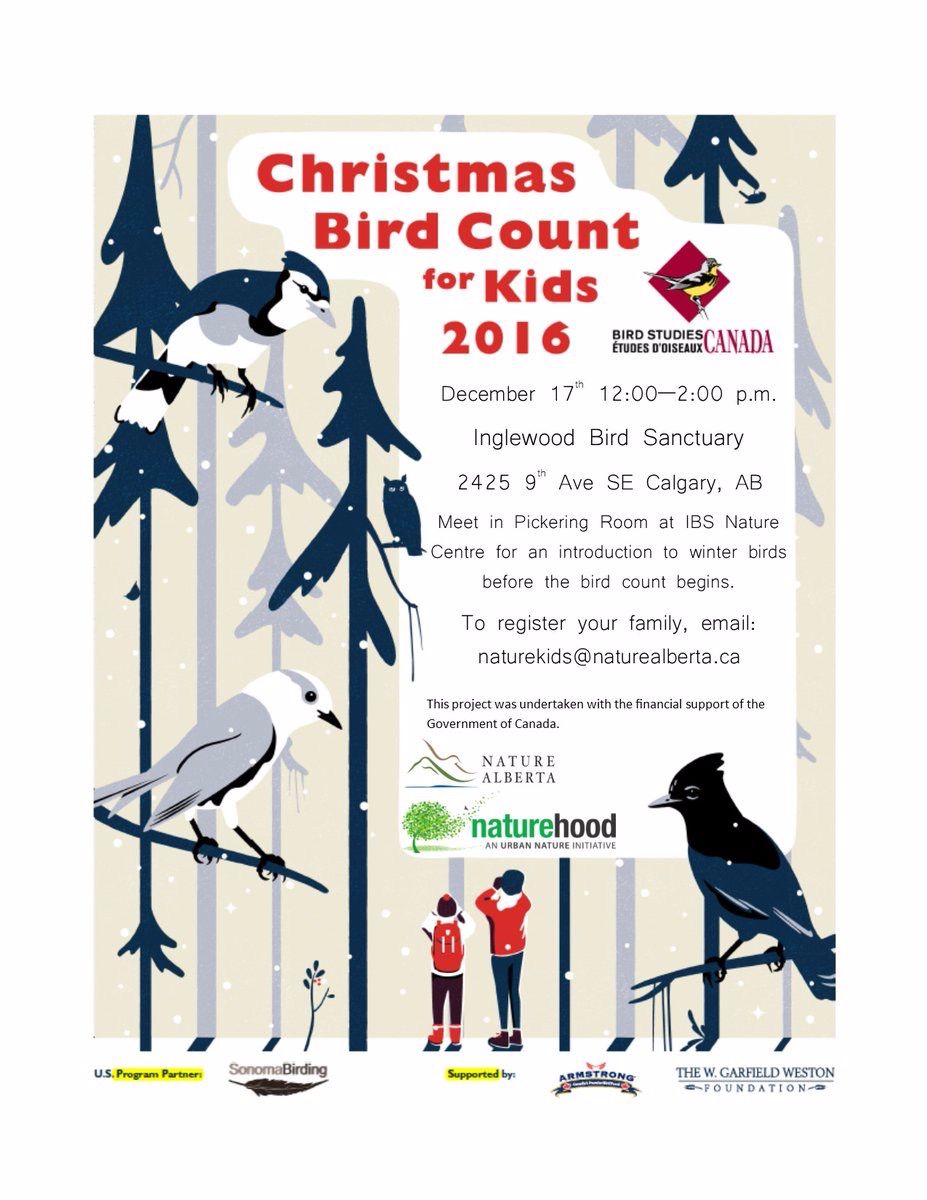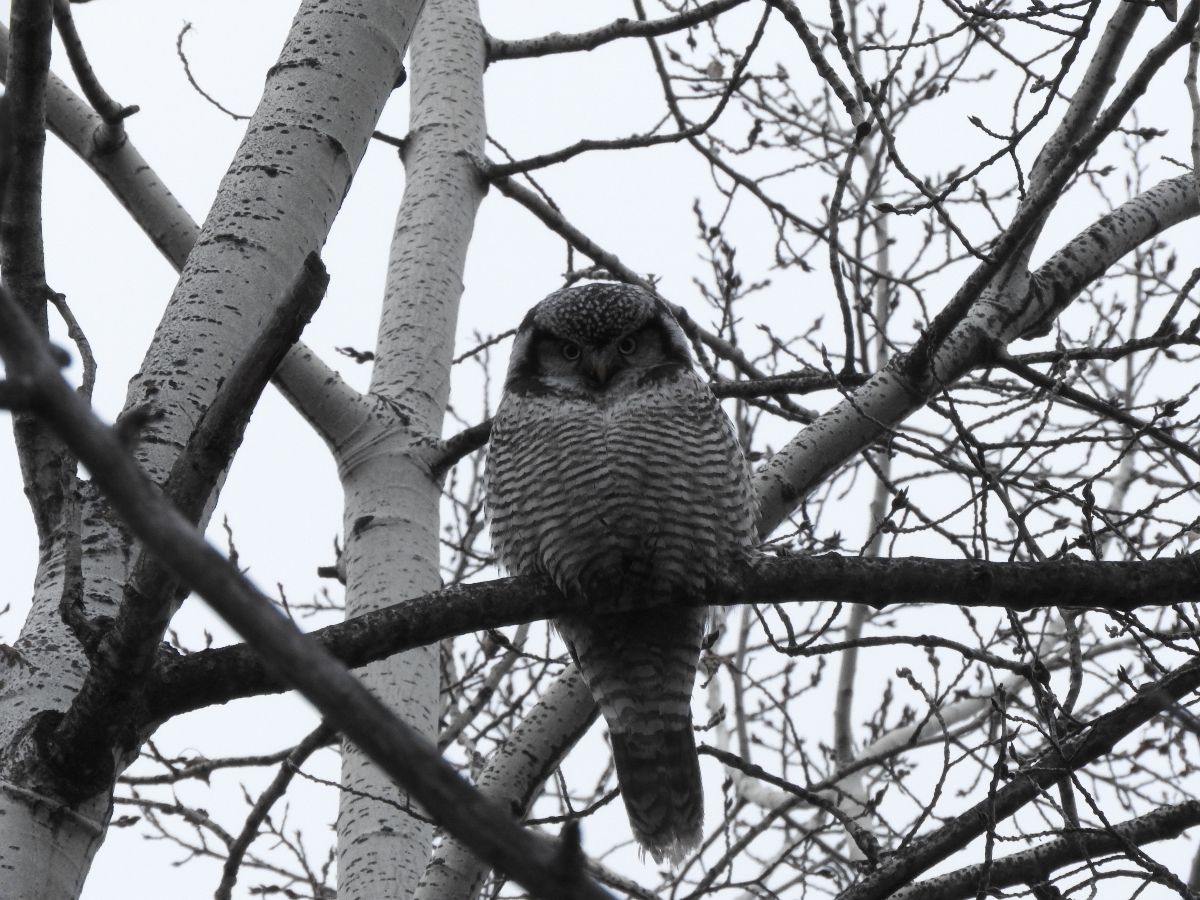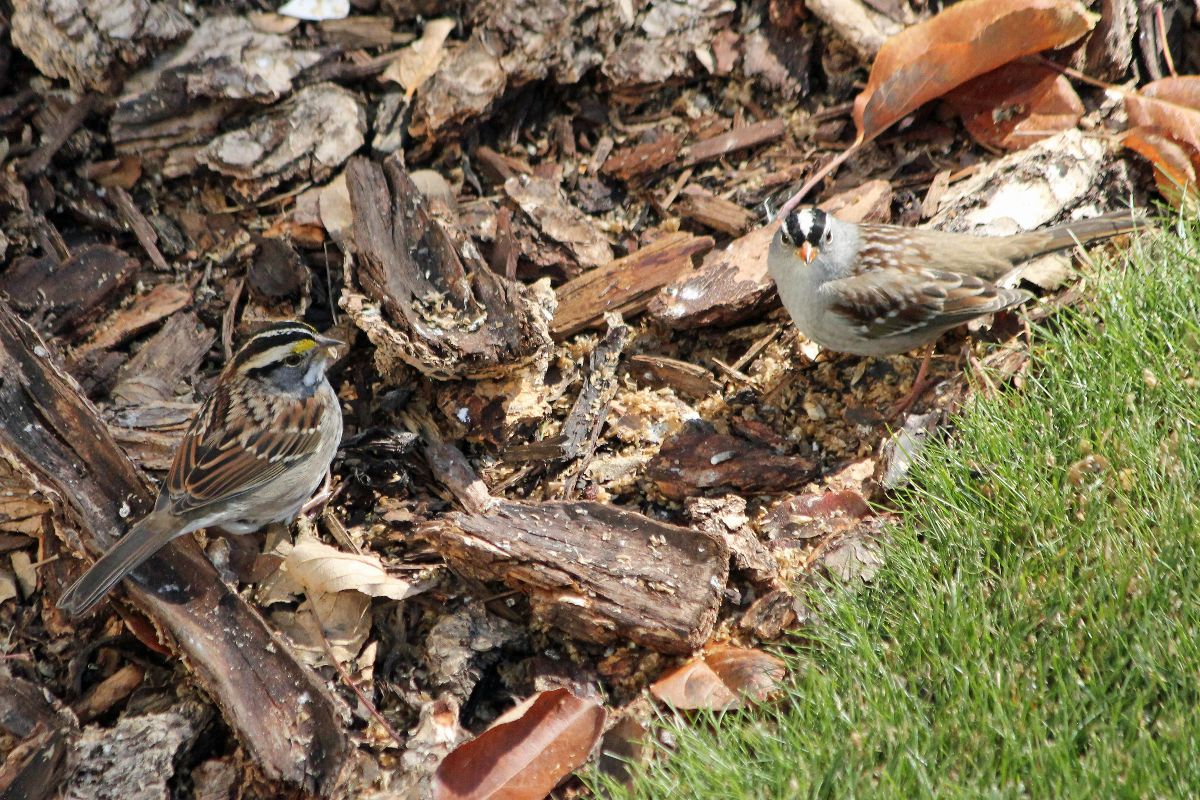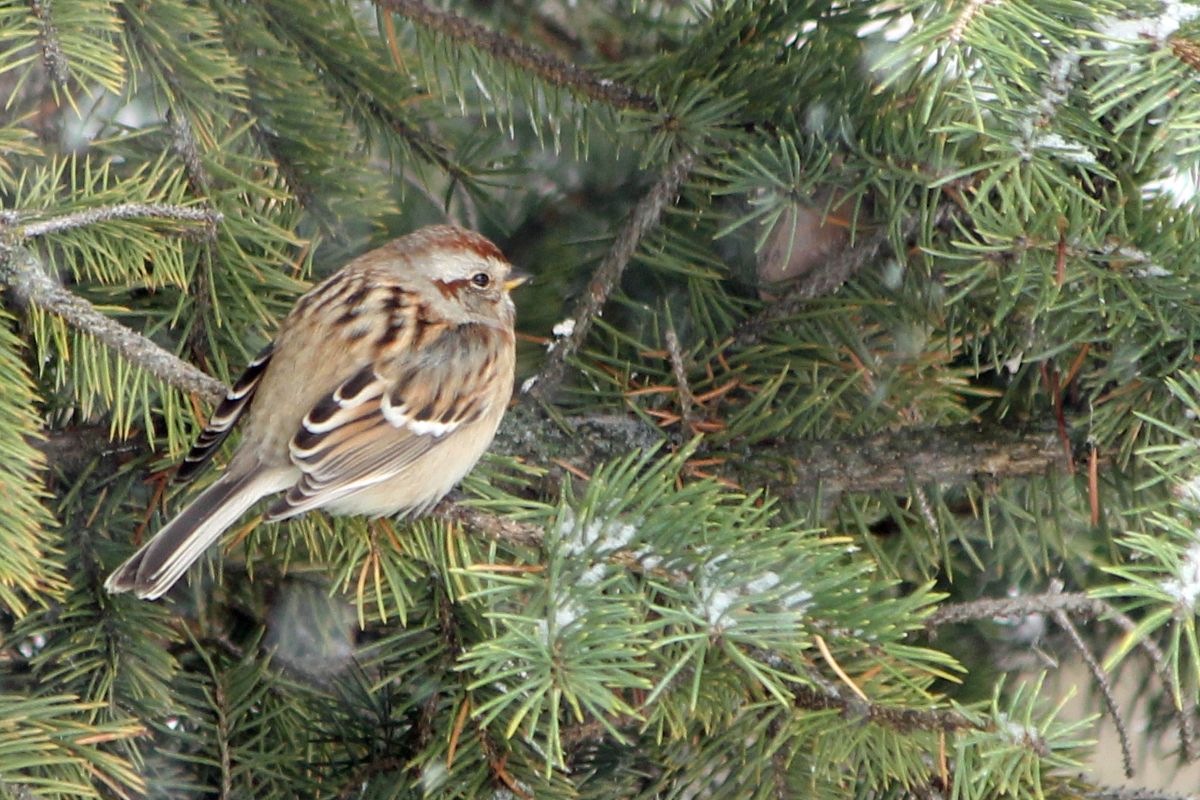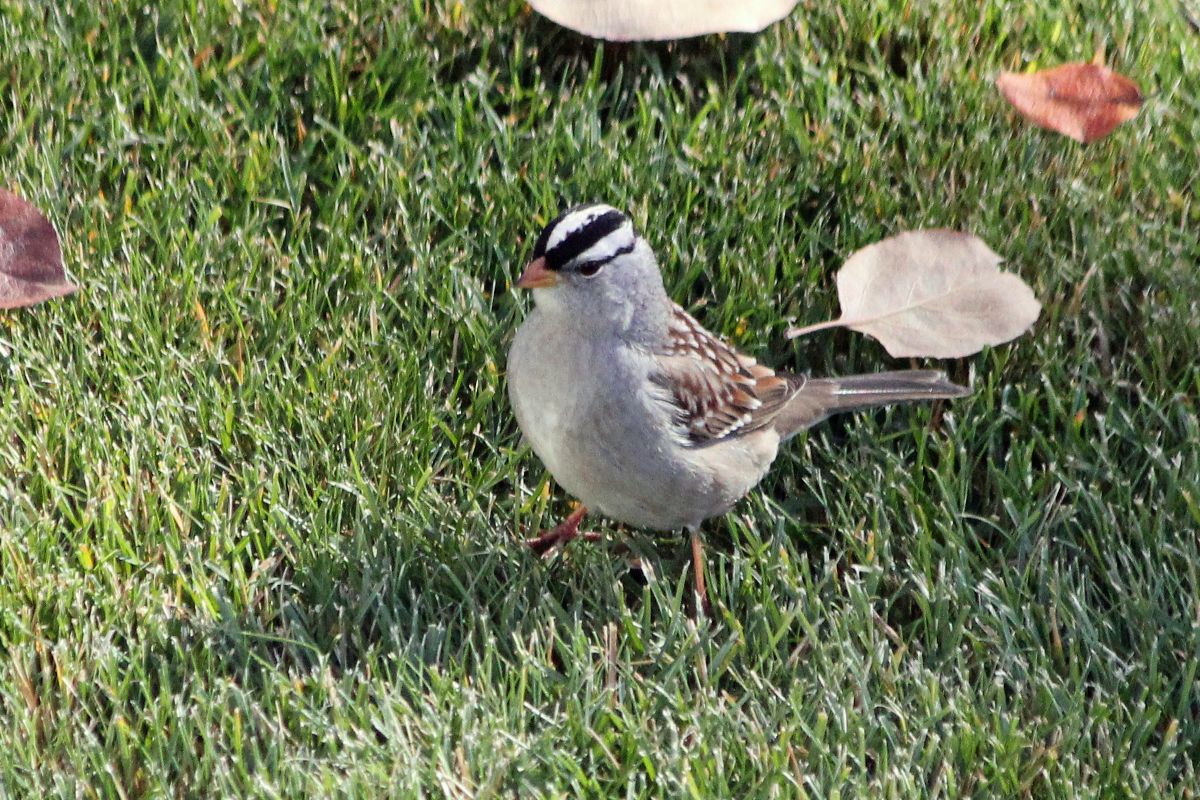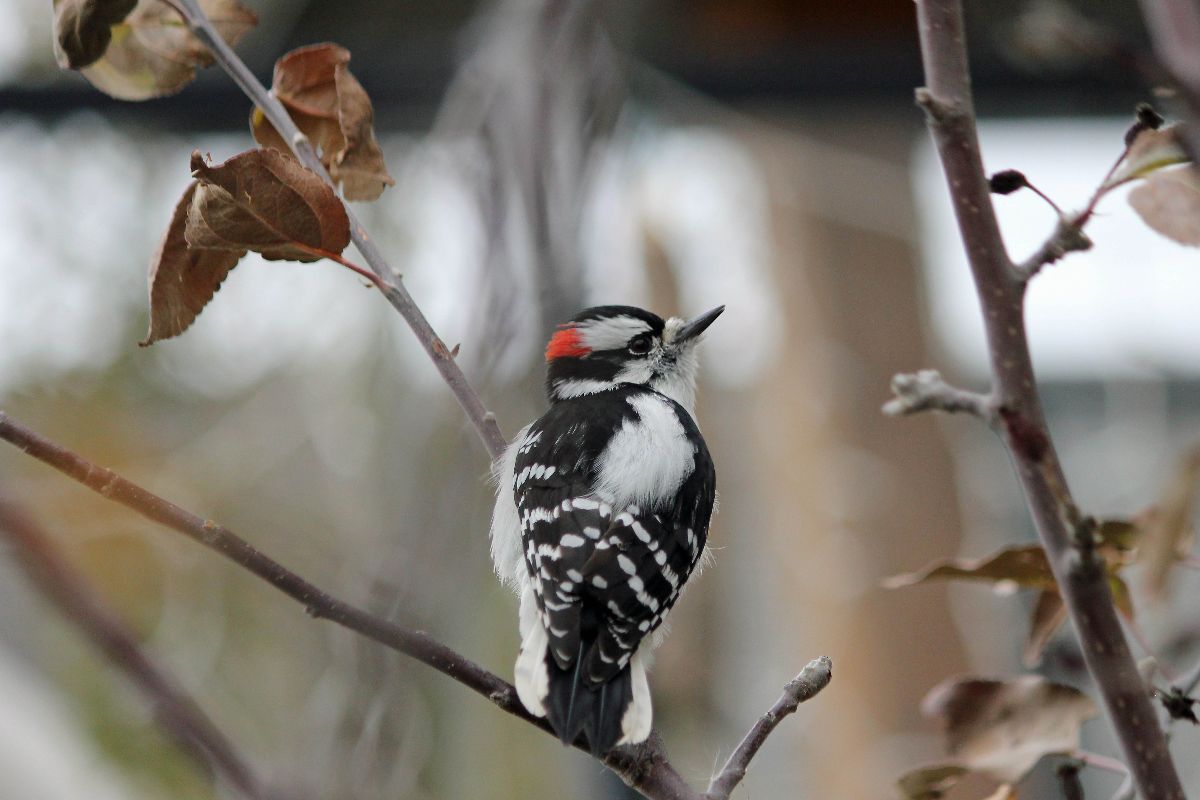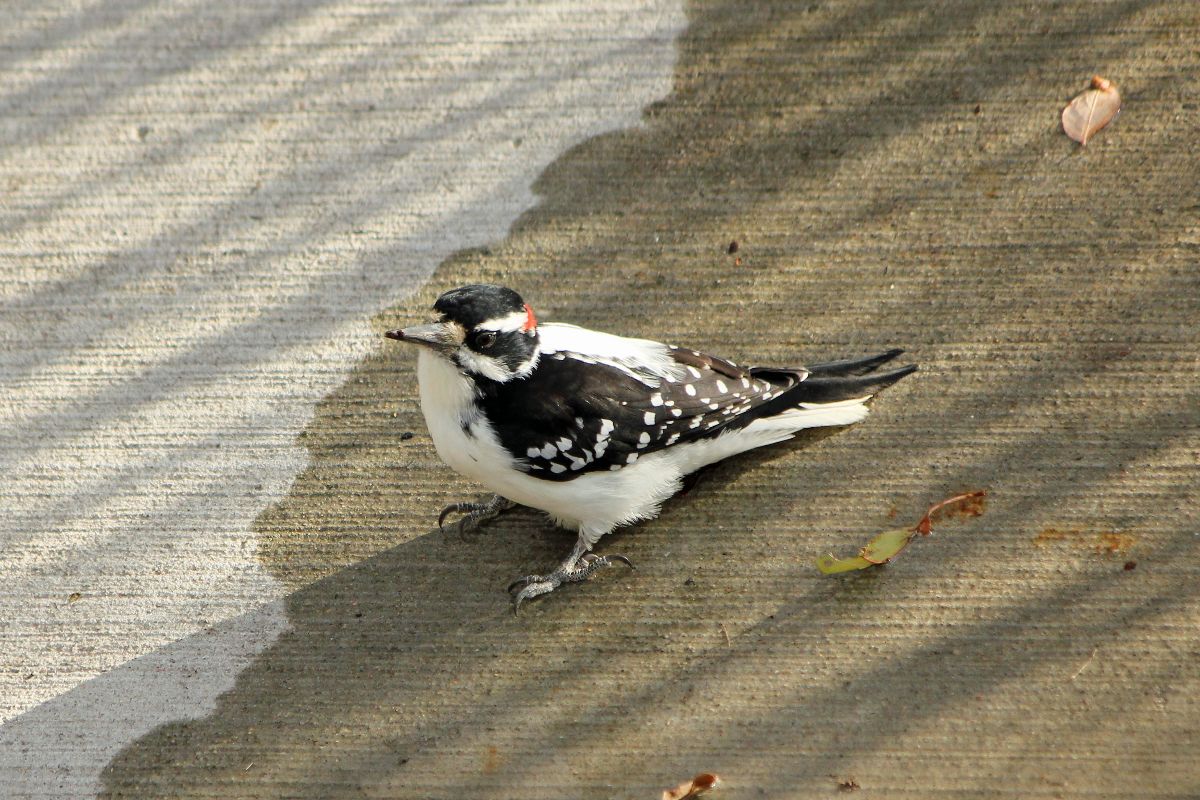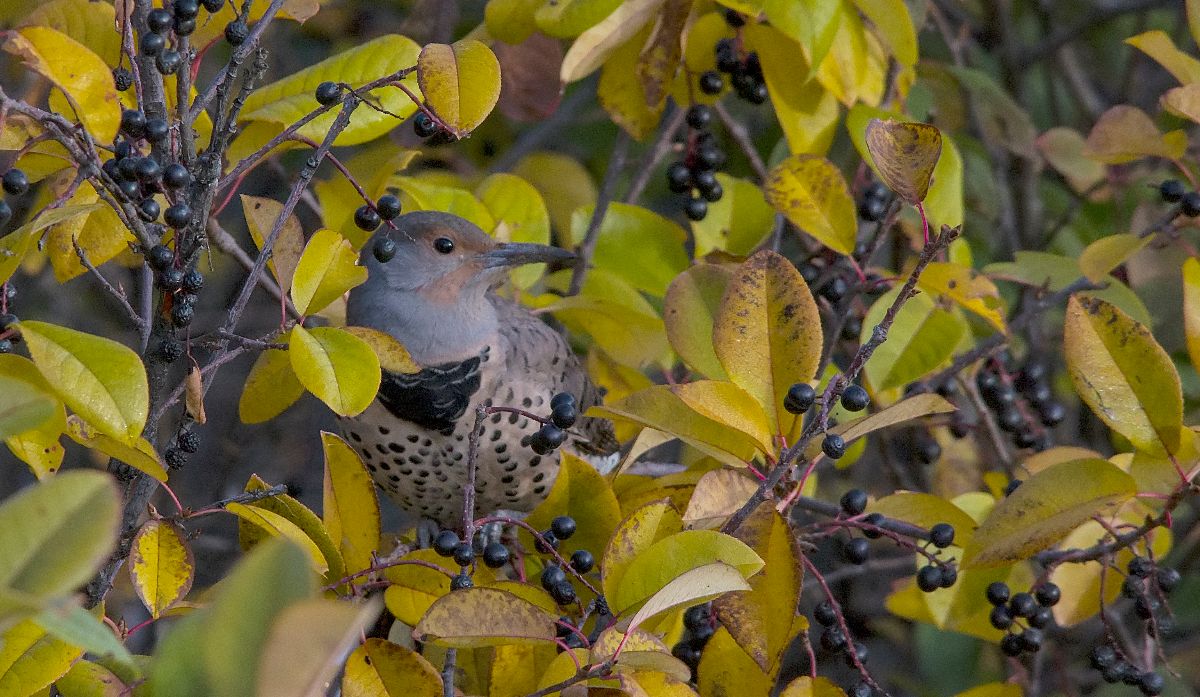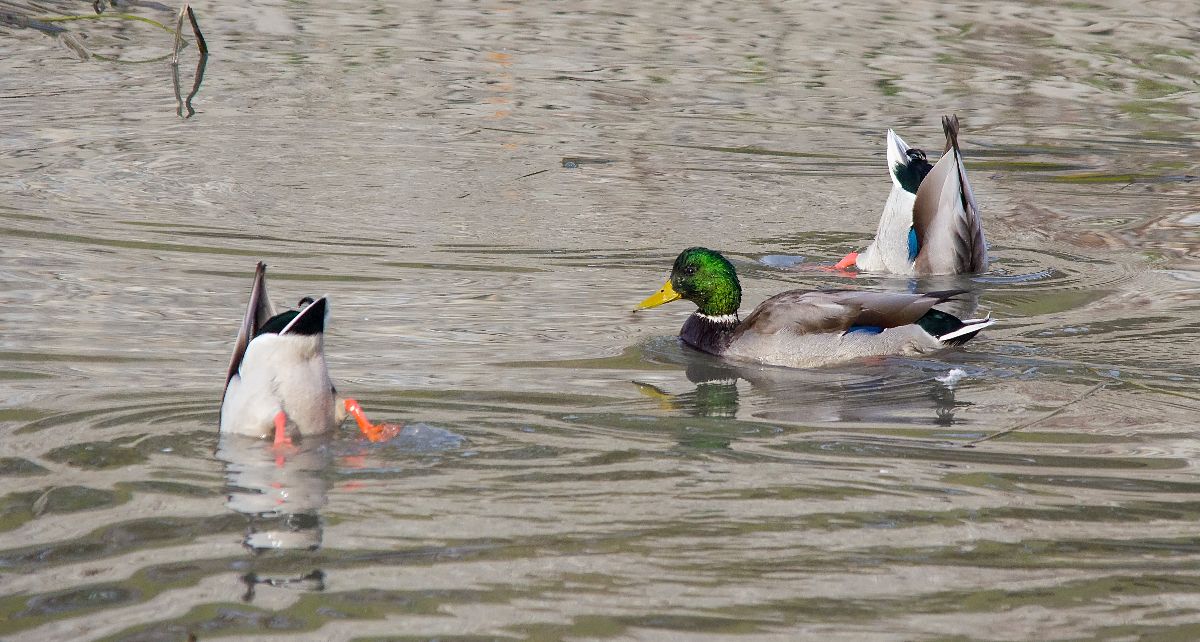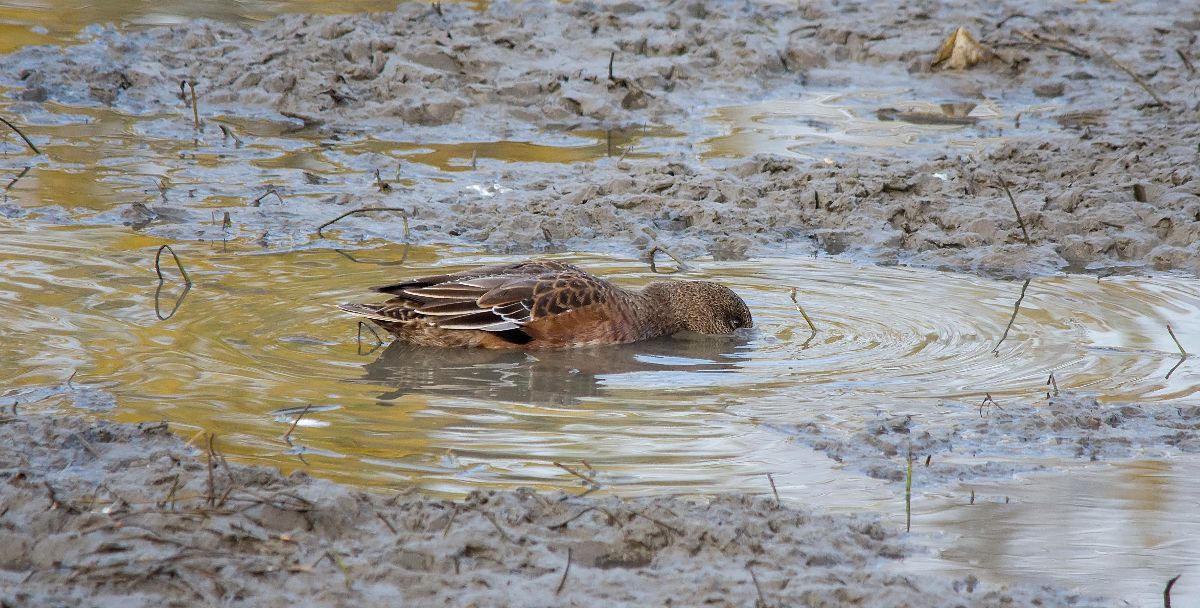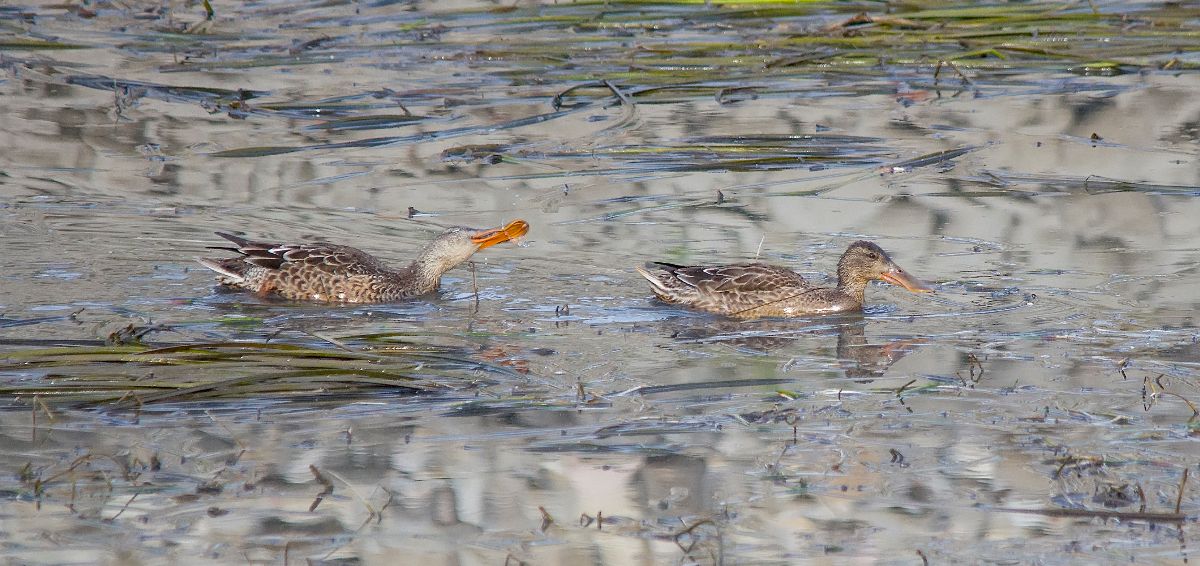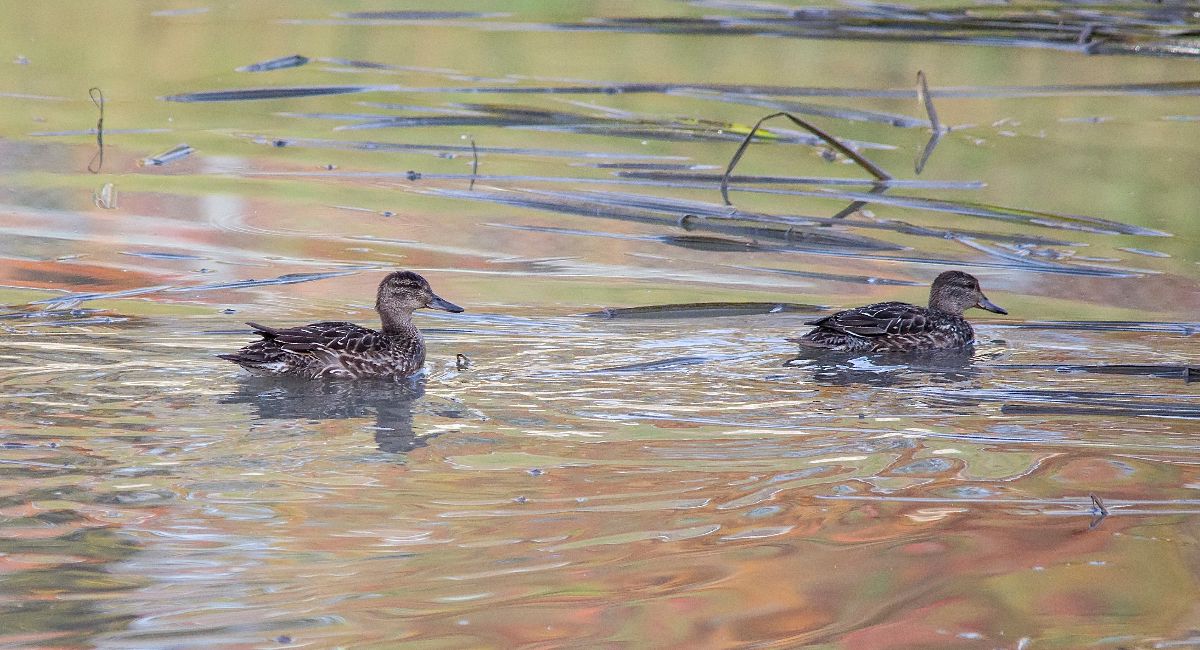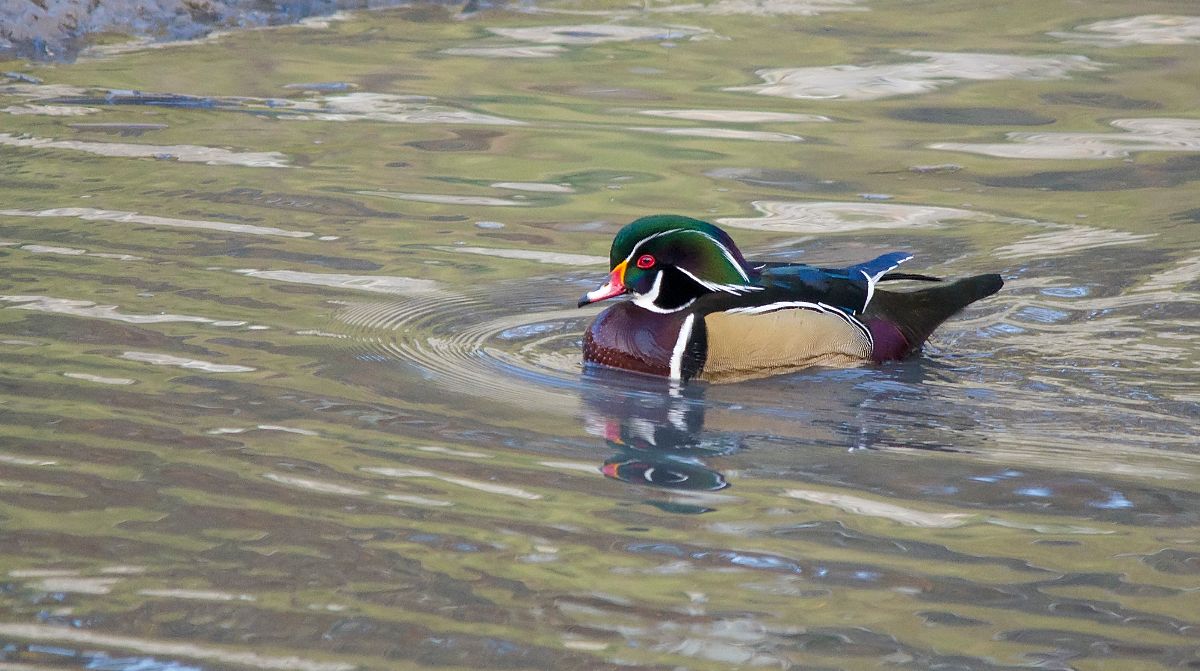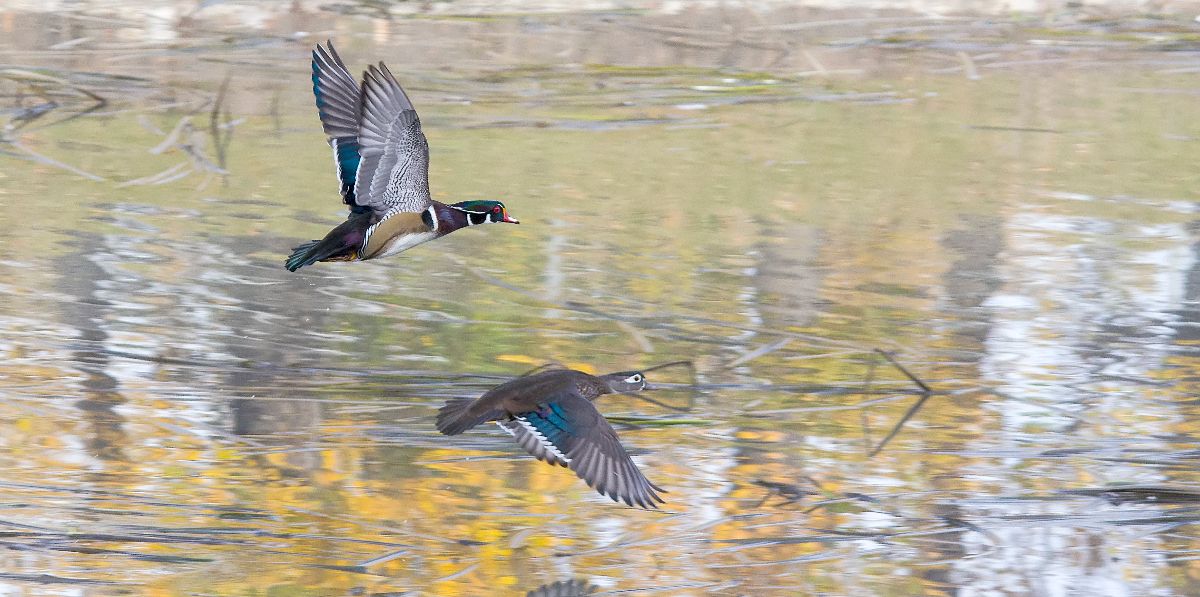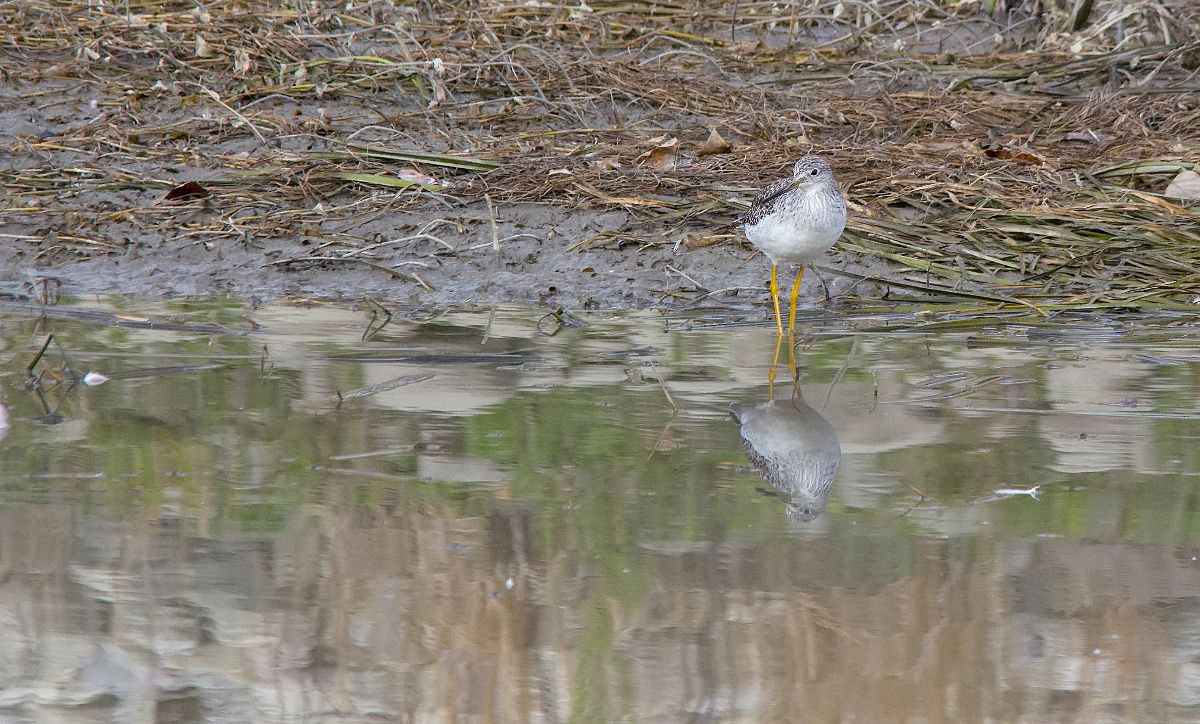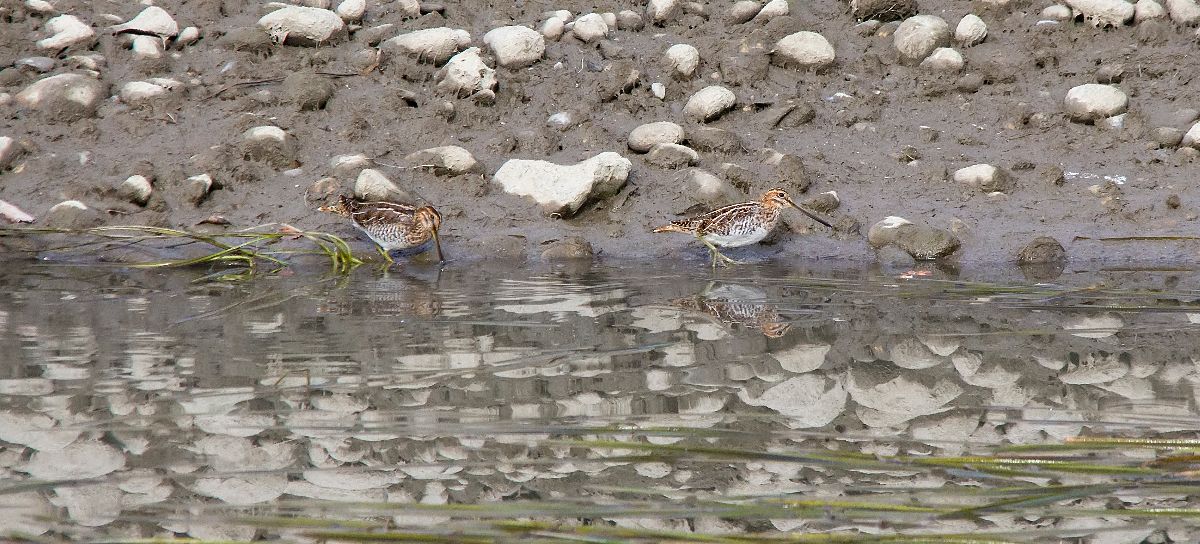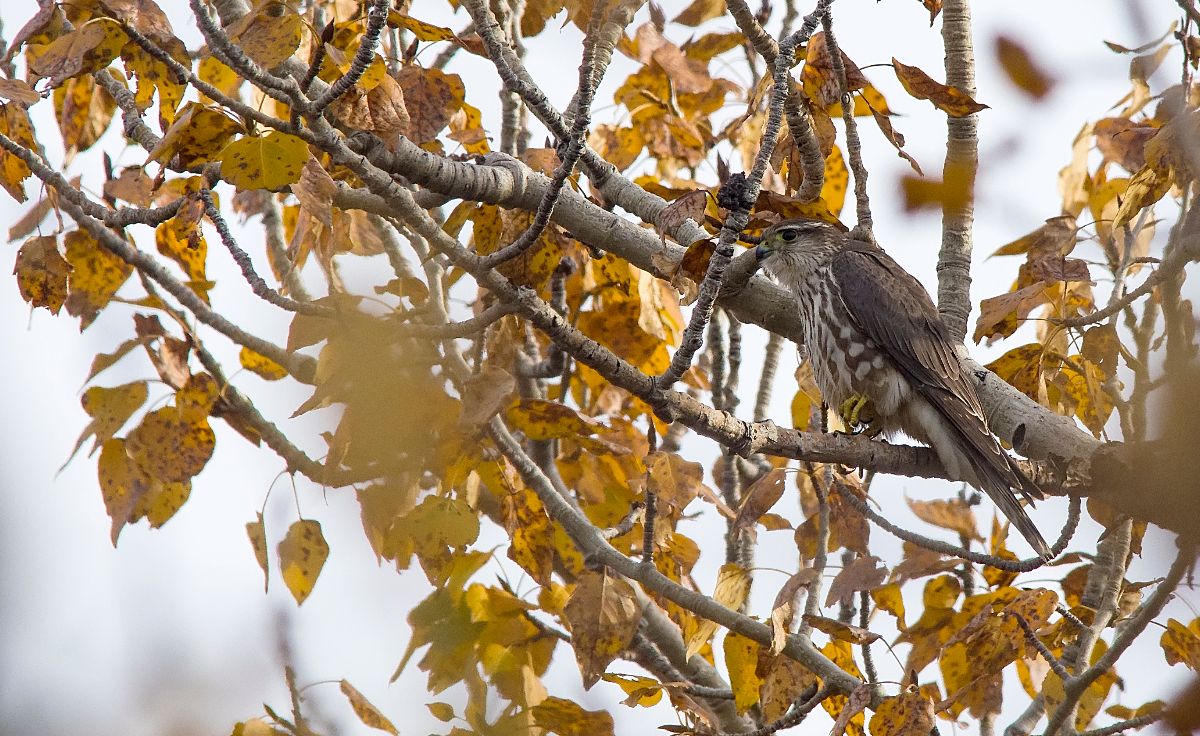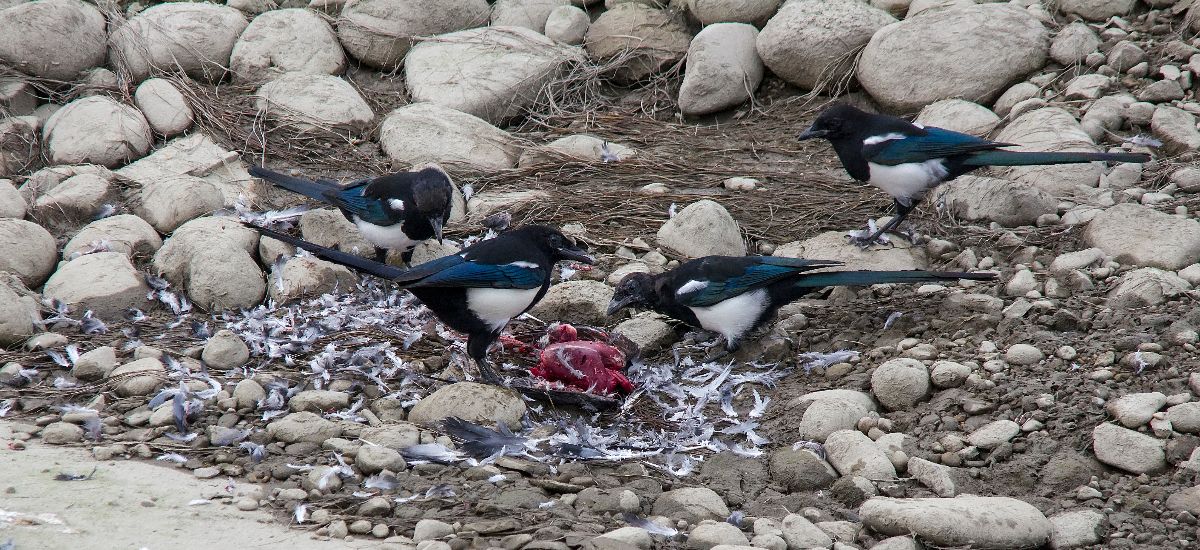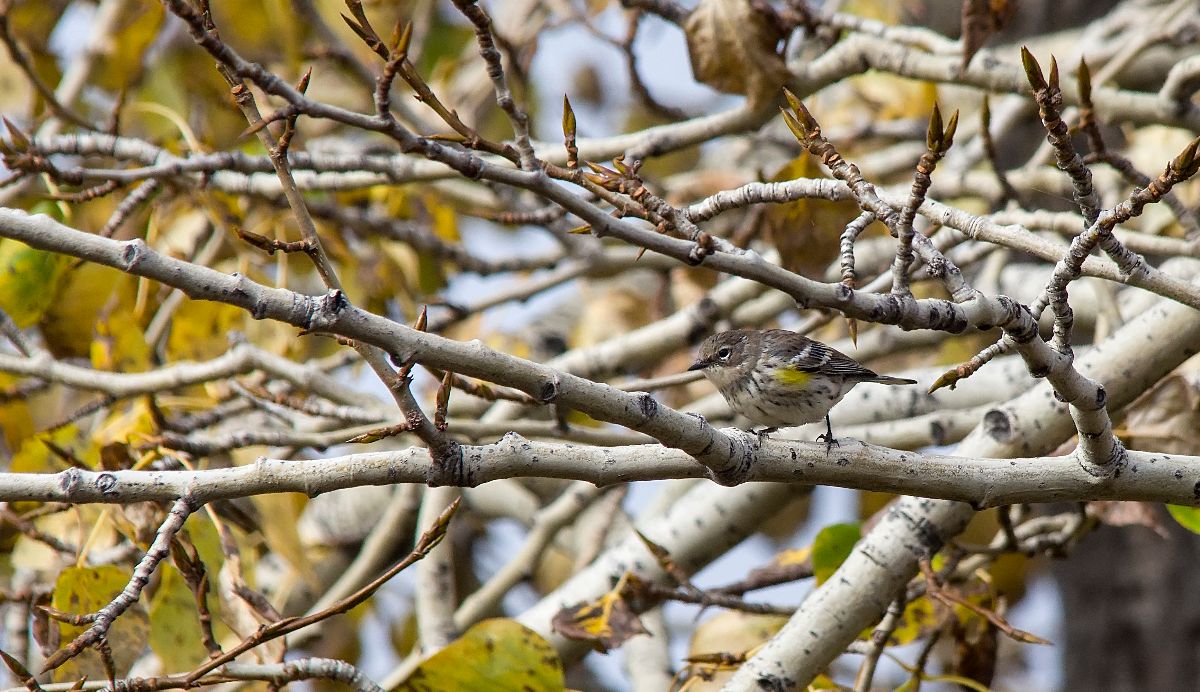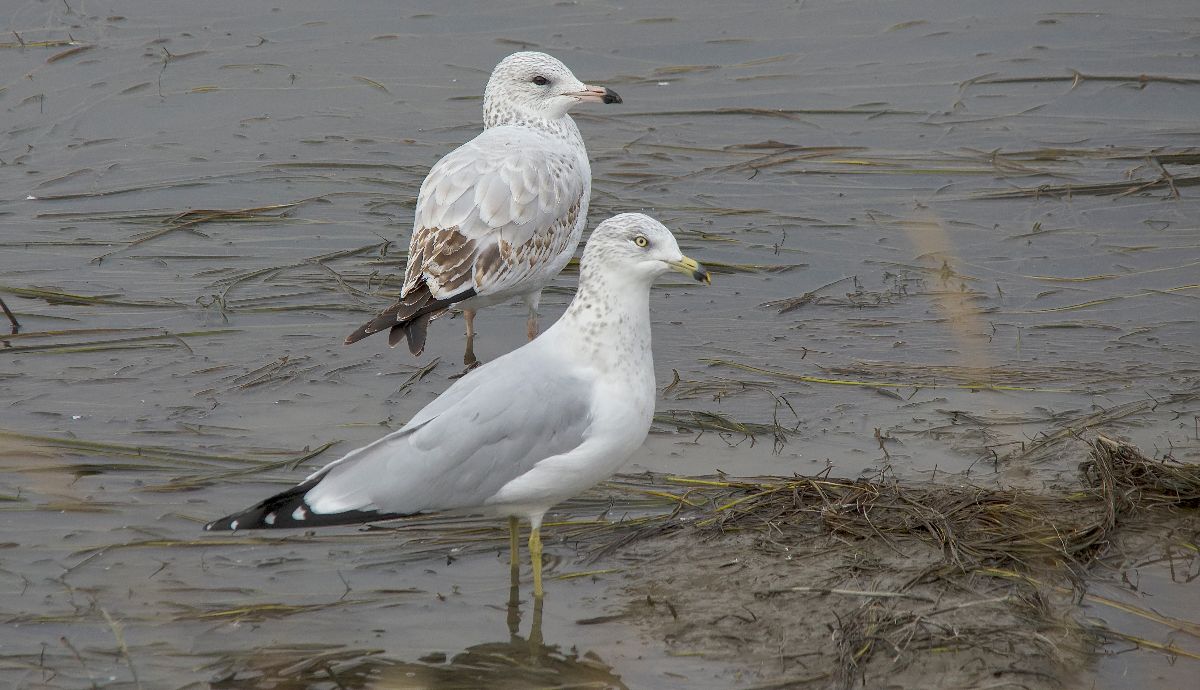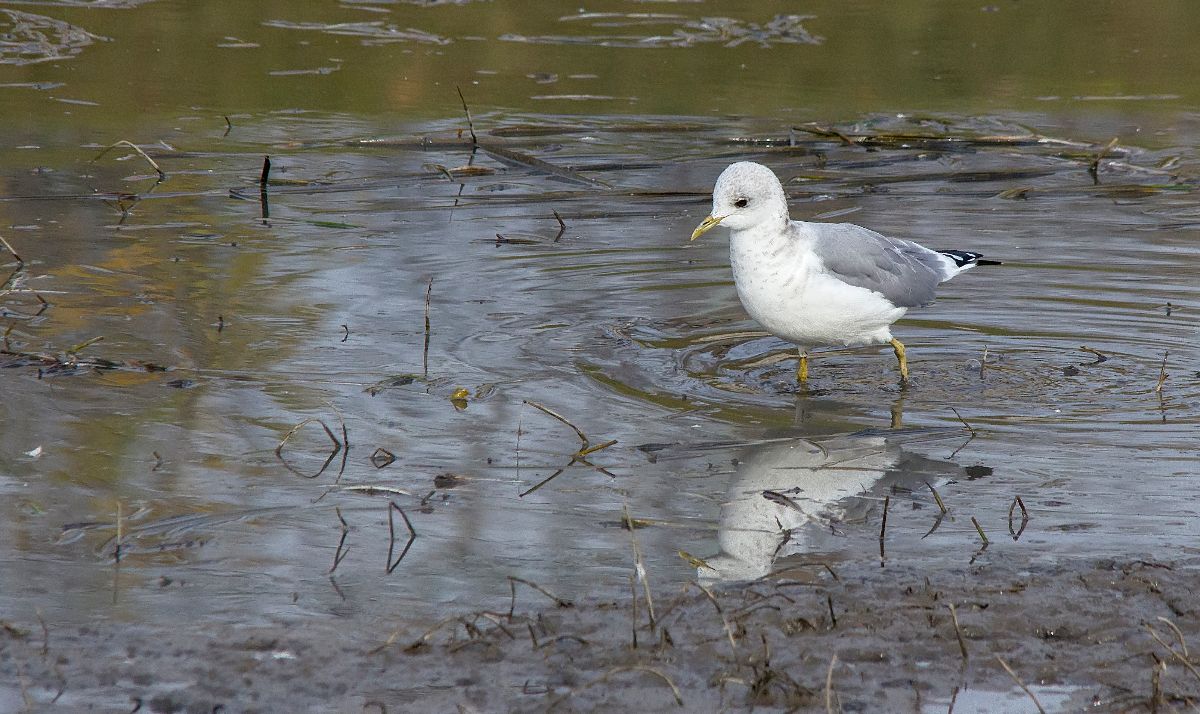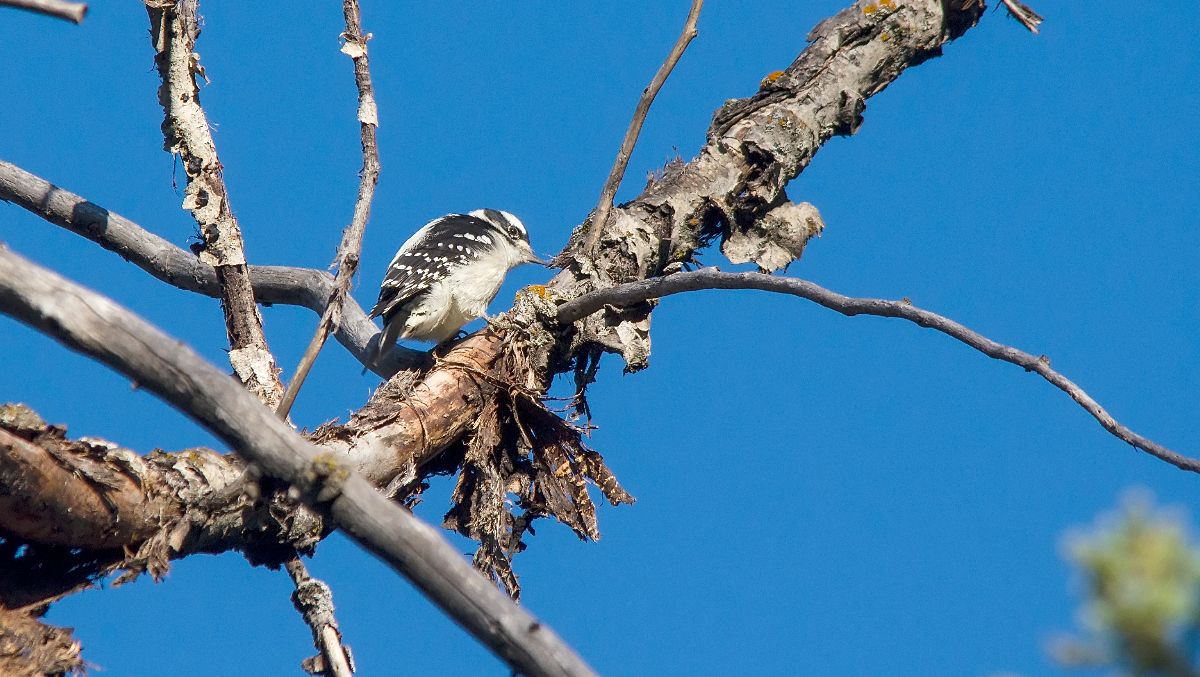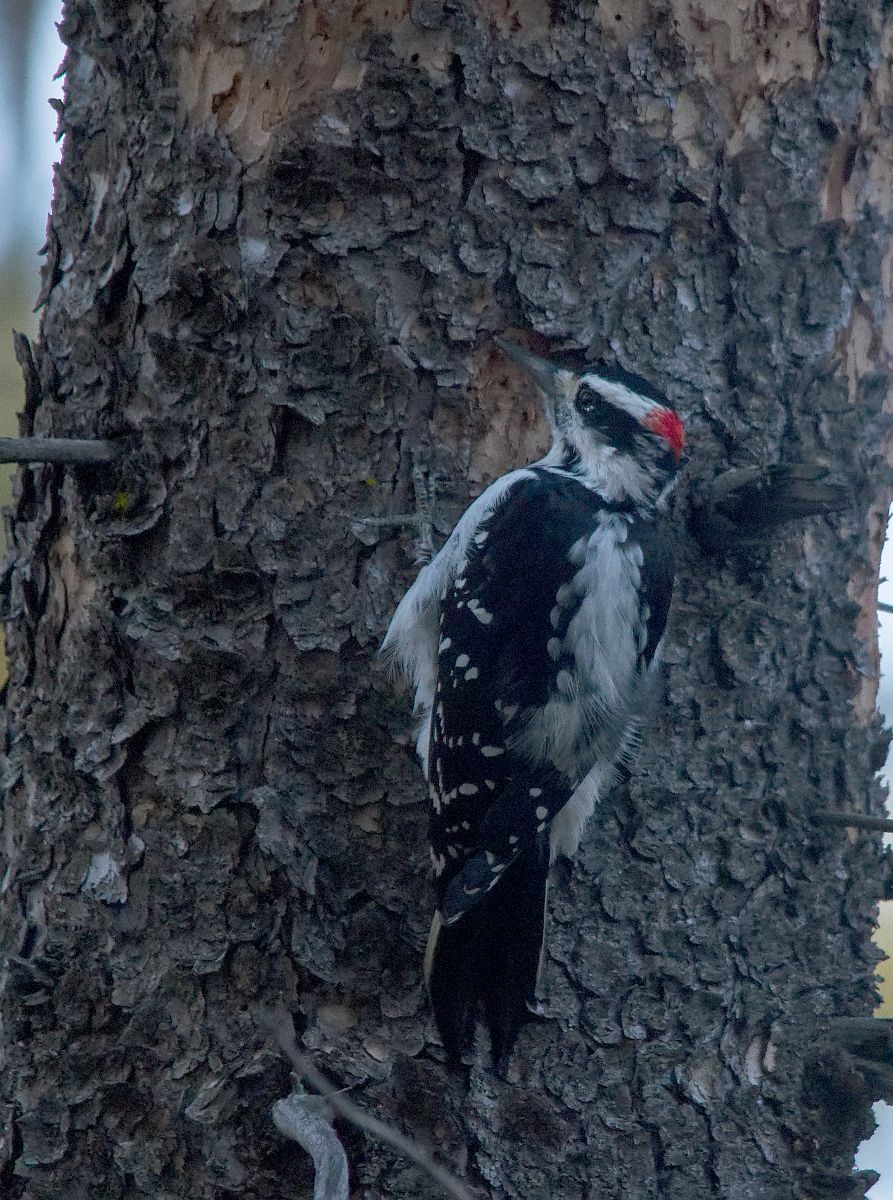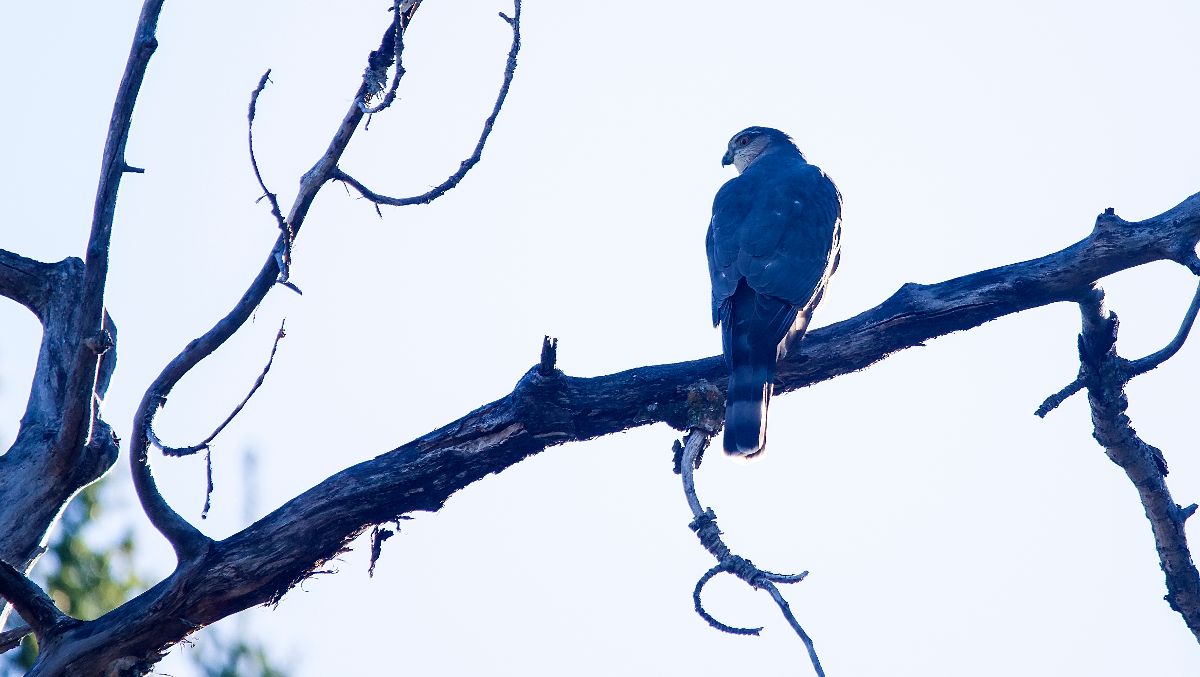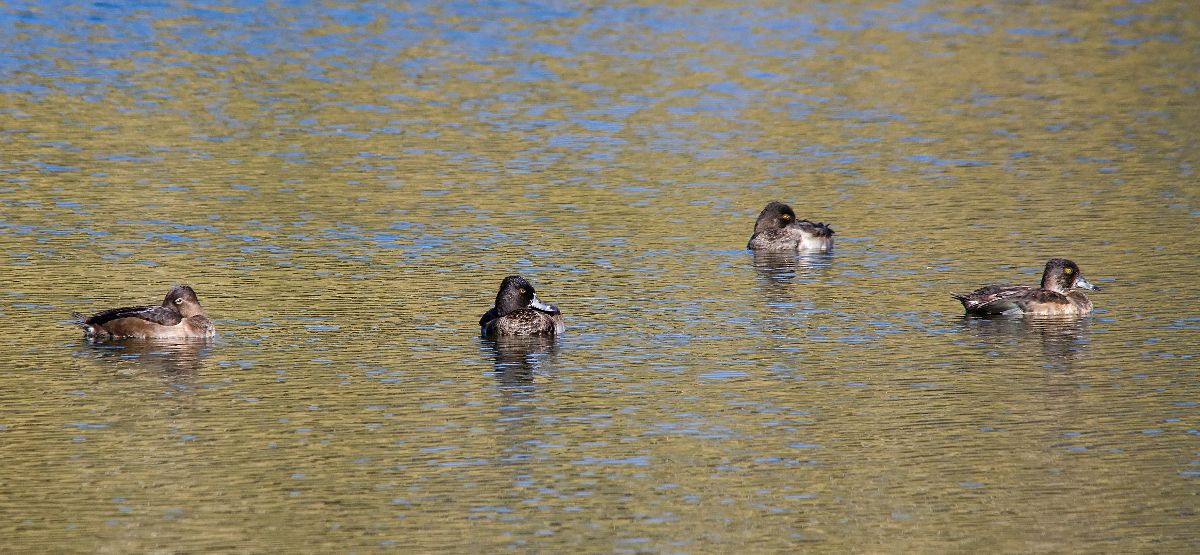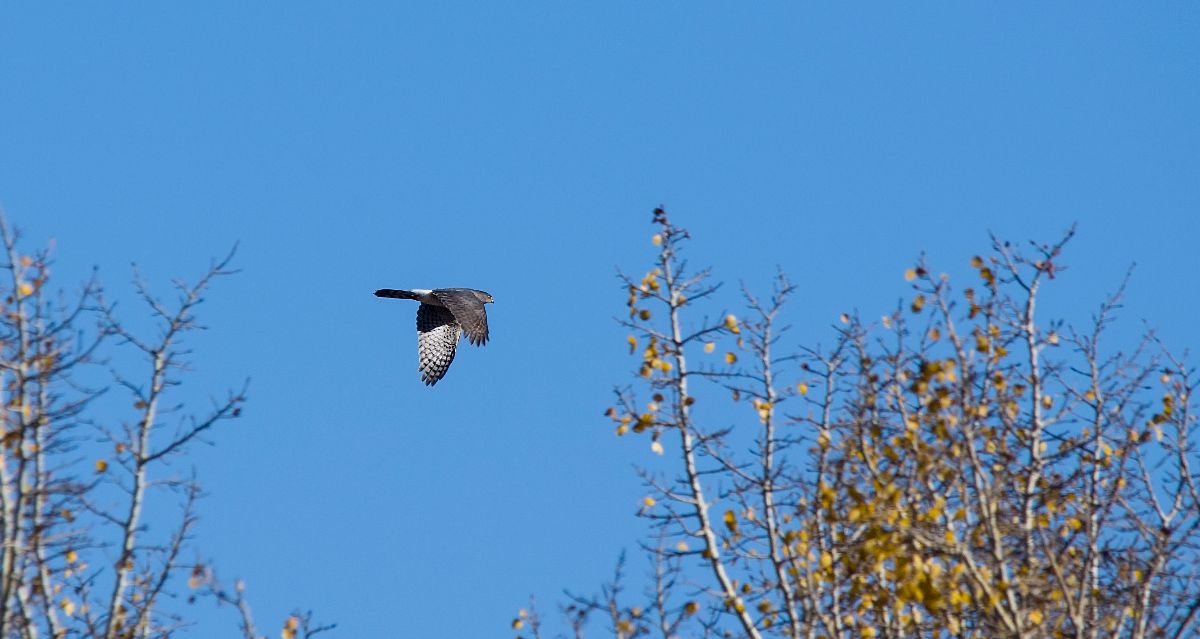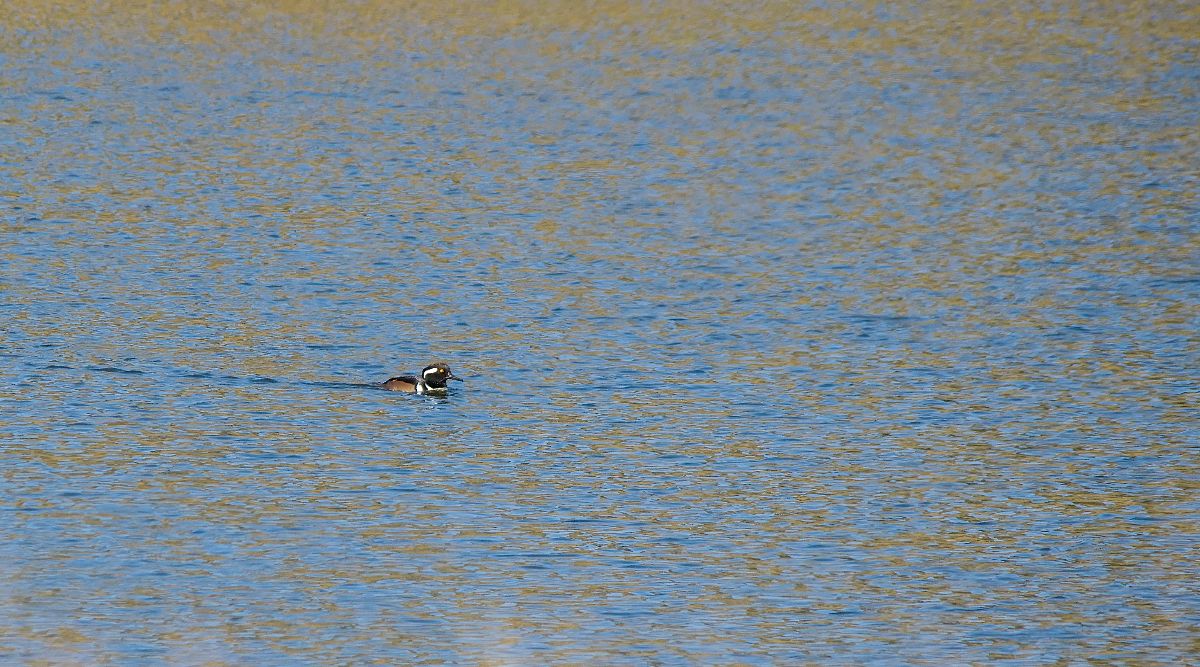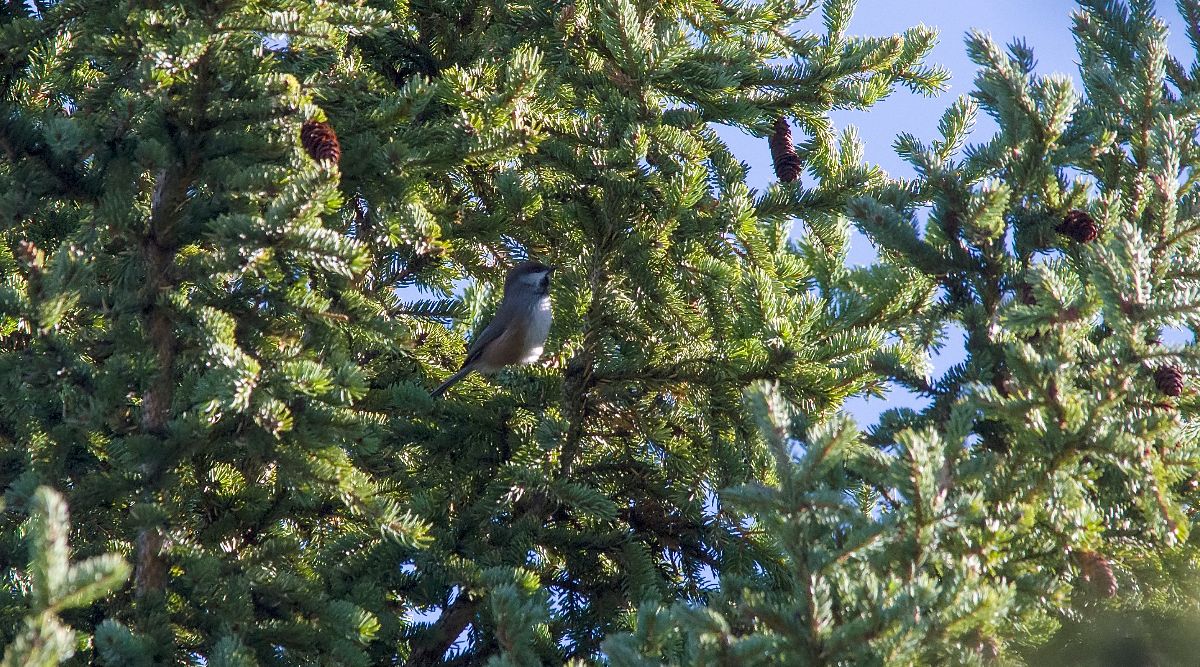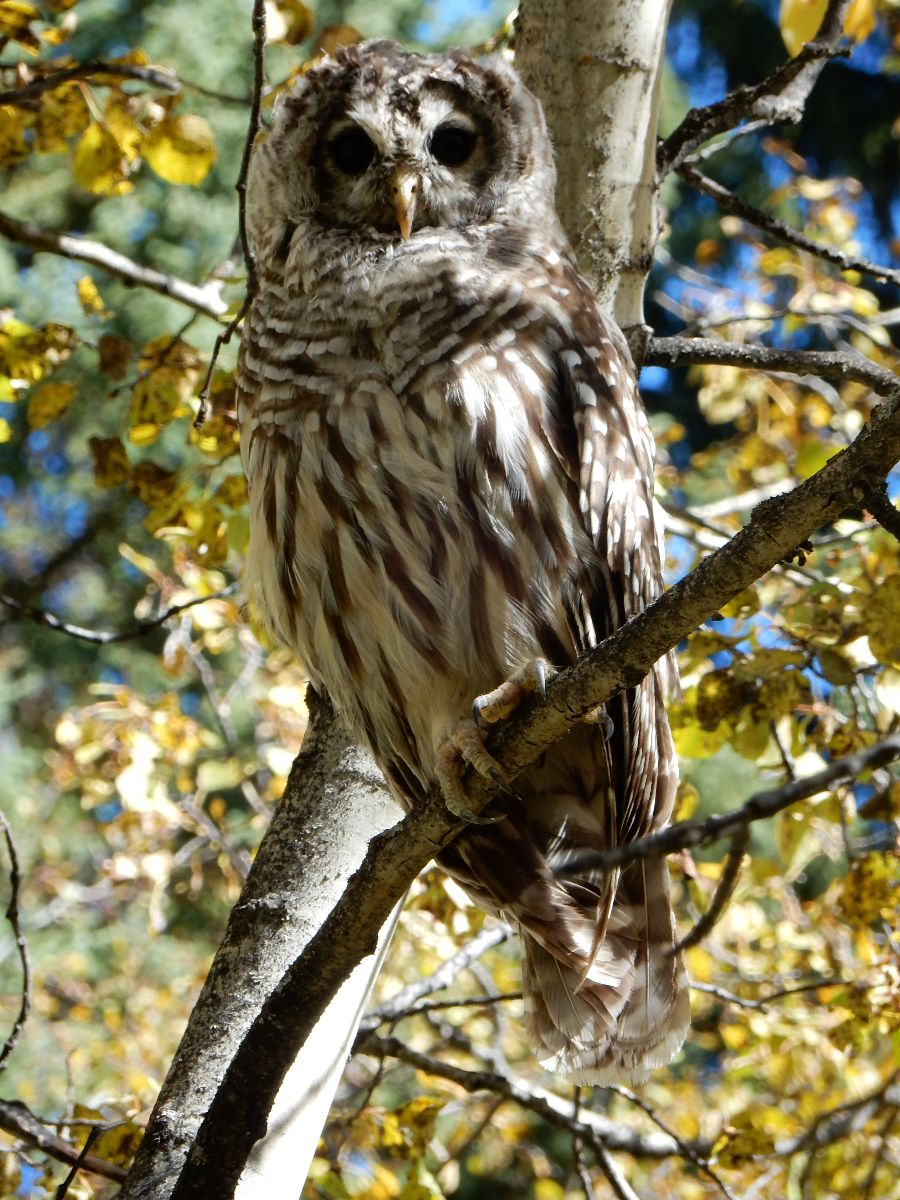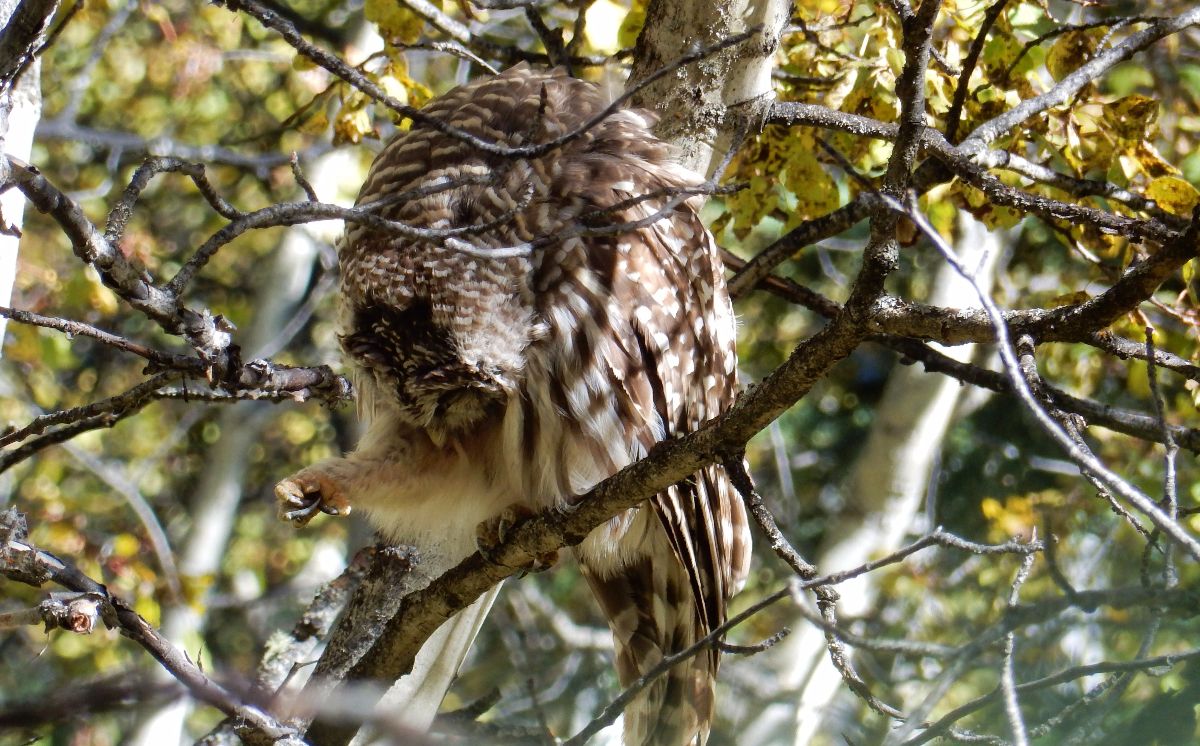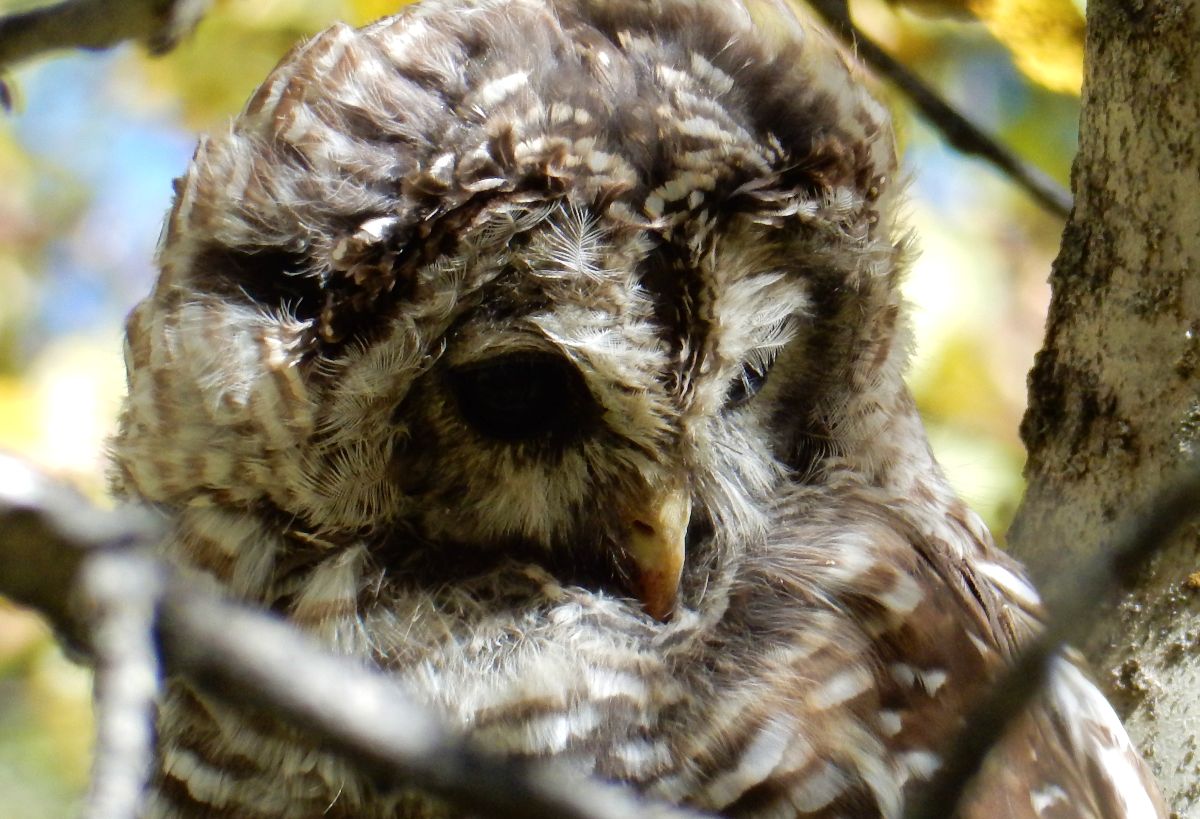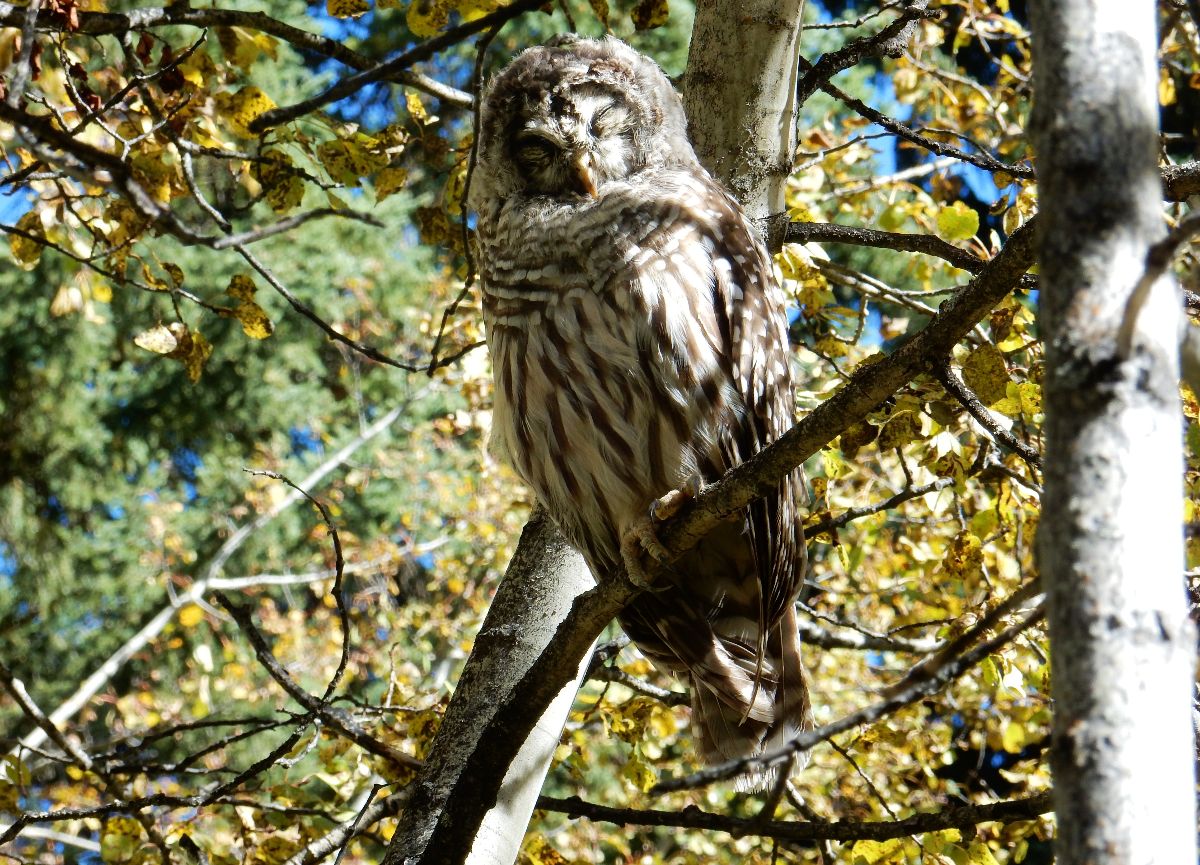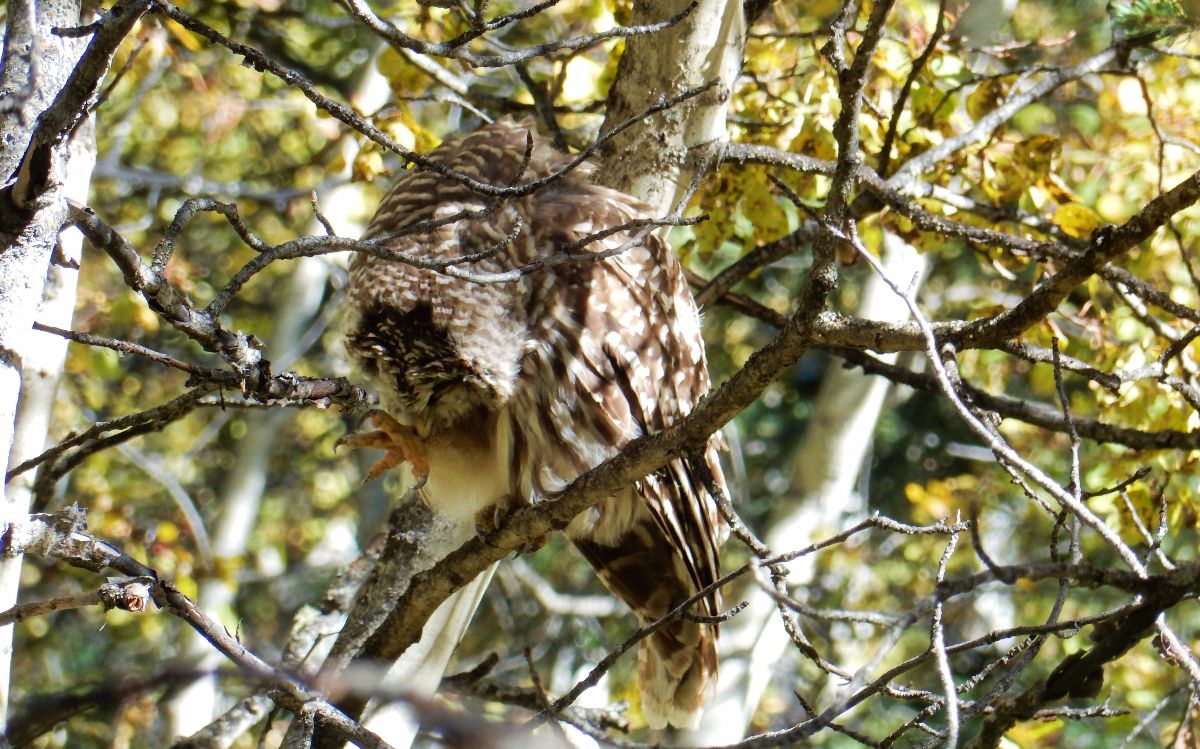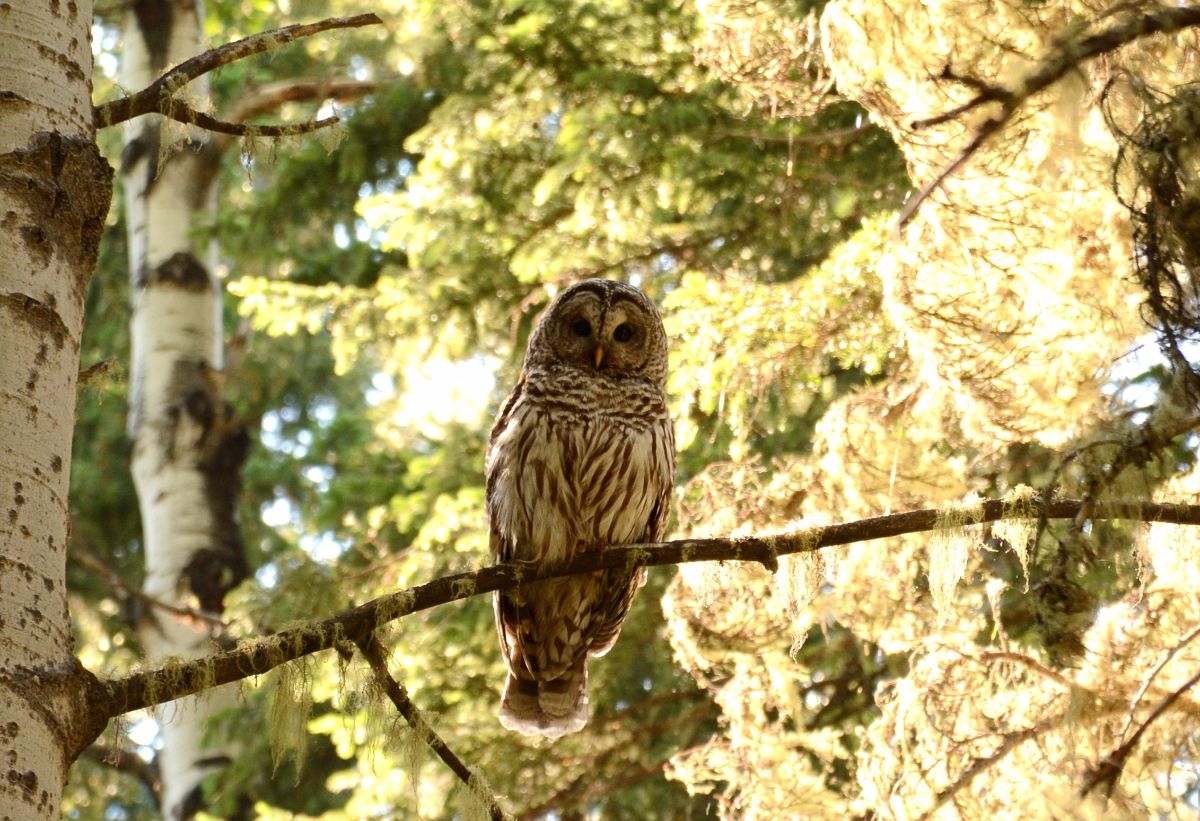By Terry Korolyk
Living in the south end of Calgary since 1993, I have had much cause to bird and explore the area which I call the “Hills” which is directly south of Calgary. For birding purposes, it offers a fairly widespread type of habitat. We could probably define the area as south of Spruce Meadows Trail and bounded on the west by Highway 22; on the east by Highway 2A, and, on the south by Highway 549.
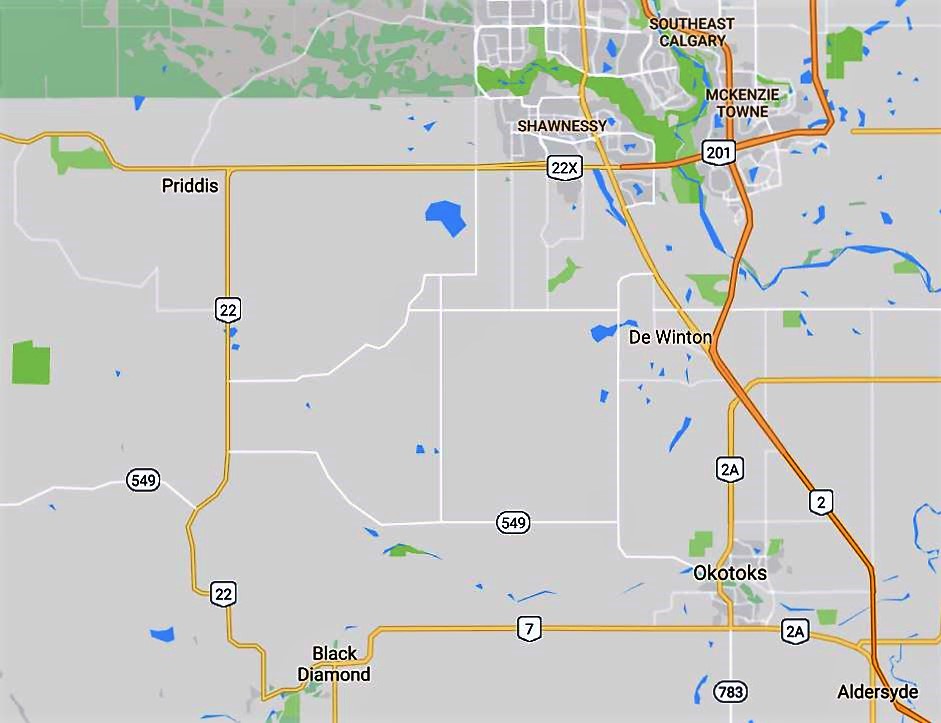
Starting in the southwest corner of the Highways 2A-Spruce Meadows Trail junction is a fairly well-birded and well known slough known to some as Sheriff King Slough, because it is actually on Sheriff King Street accessed from Spruce Meadows Trail. In the days of some of Calgary’s older birders in the 1970s and 1980s, it was known as the Priddis Radio Towers Slough. The past few years have seen the slough attain fairly-high water levels due in large part to the City’s Water Management practices because of the 2007 and 2013 floods. Prior to 2007, the slough held low water levels. Then, it was probably one of the best shorebirding sloughs in our area attracting all the basic migrating shorebird species such as Semipalmated, Baird’s, Least, and, Pectoral Sandpipers, and, both, Greater and Lesser Yellowlegs and Solitary Sandpiper. Uncommon species found there included Western Sandpiper (more than once), Red-Knot, and, White-rumped Sandpiper. It also held most of the common Duck species.
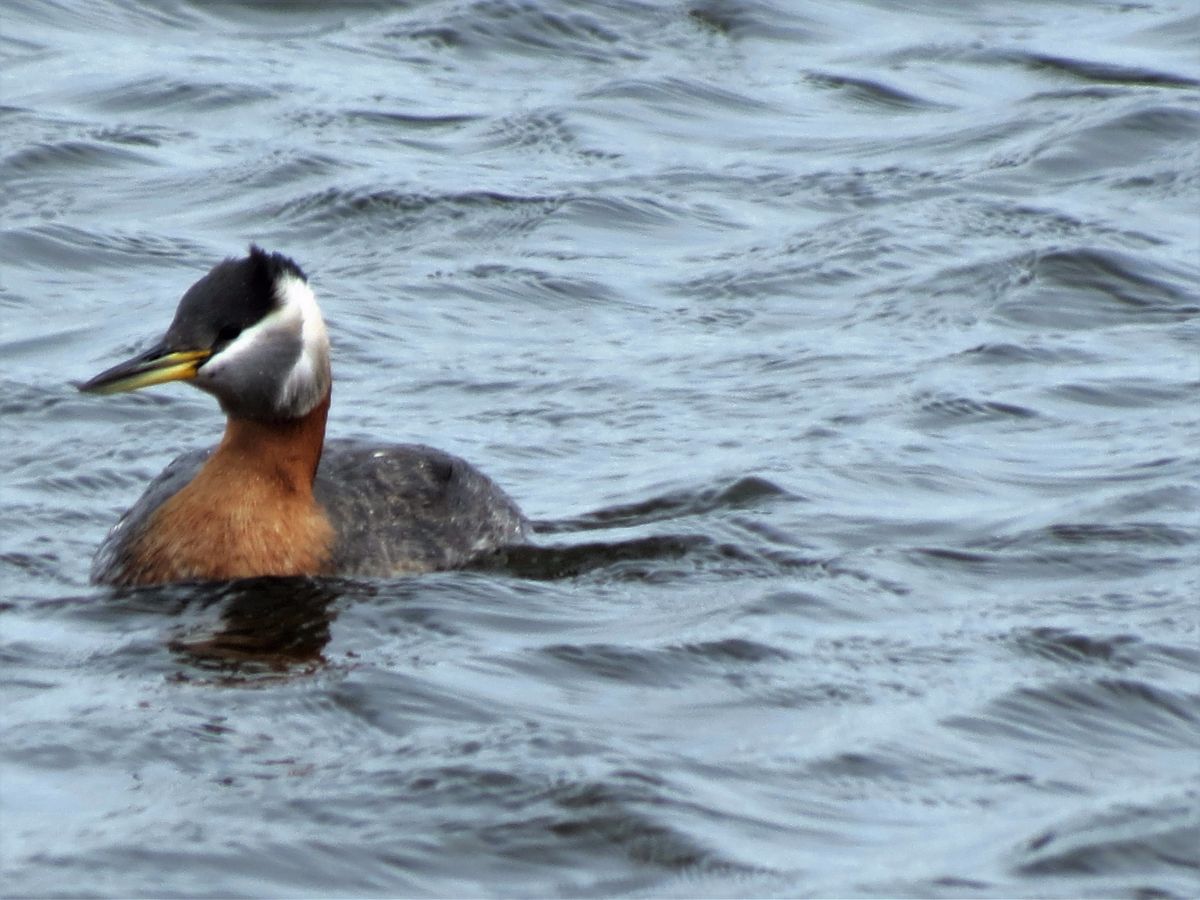
Adult Red-necked Grebe. Common Summer resident on Sheriff King Slough. April 28, 2016.
These days the slough is now almost the complete reverse of what it used to be. Water levels are now too high to hold migrating shorebirds and it is almost completely devoted to waterfowl. Eared Grebes have been communal nesters here in recent years, and, both Red-necked and Pied-billed Grebes really took to the slough in 2015 and 2016. Ospreys are resident around the slough and Double-crested Cormorant, a species that is rapidly-expanding its range in the Calgary area, can be found here. Almost all the basic Duck species and Canada Goose are resident. Great Blue Heron should be somewhere around, and, recently Black-crowned Night Heron, has been expanding its range and has slowly crept into some waterbodies along the eastern perimeter of the area. Breeding has not been confirmed yet at Sheriff King Slough.
South of Sheriff King Slough lies agricultural land and the Pine Creek valley. Directly south of the Pine Creek valley; hilly, forested land is inaccessible, but, on this area’s west flank lies the Sirocco Golf Course. Remainder of the area of the Hills in the east is predominantly agricultural land, marsh, and, some woodland. Being near Spruce Meadows, naturally, there are many Stables and other such businesses devoted to Equestrian activities. Westward from Spruce Meadows lies Lloyd Lake formerly known as Red Deer Lake. Lloyd Lake is an outstanding location for seeing marsh and other water-loving birds and in recent years has held huge colonies of Franklin’s Gulls, Eared Grebes, and, American Coots. Public access, however, is no longer allowed at Lloyd Park, and, one must pay to gain access.
Between Spruce Meadows and Lloyd Lake, Highway 773 runs southward through the Hills bisecting the area as far as Highway 549 which continues westward to Highway 22. The central and western parts of the block offer some of the most stunning scenery in the Calgary area. The further westward you travel, the more you climb in altitude. As well, from the central section westward, there are some densely forested tracts and a variety of sloughs and other habitats. Near the western border, 192 Street bears directly northward from Highway 549 taking you through open grassland in to increasingly more forested terrain, then more grassland, ending up with mixed forest and Coniferous growth near Spruce Meadows Trail.
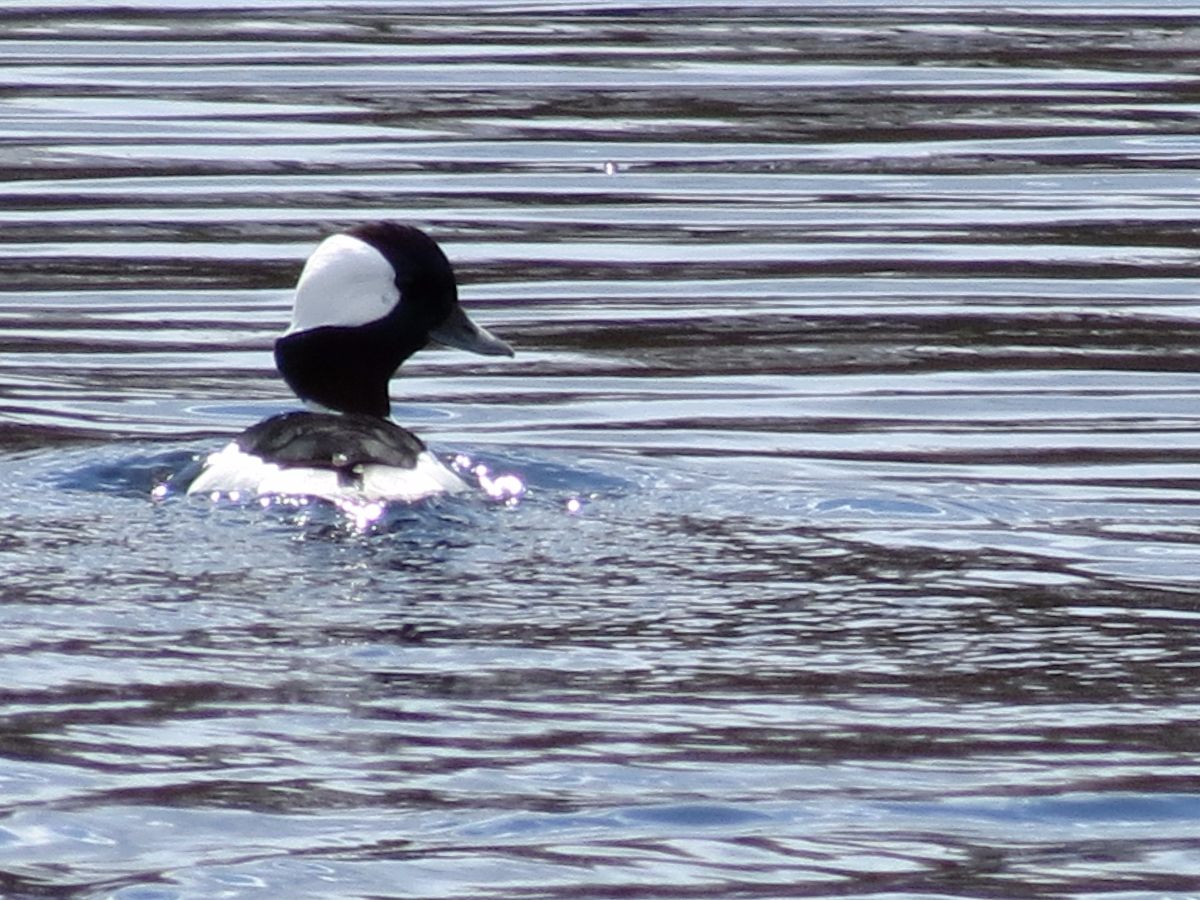
Male Bufflehead photographed on a small marshy pond in the west end of the Hills. April 23, 2013.
Considering much of the Hills is open hilly territory, birds encountered in this type of habitat include Savannah, Clay-coloured, and Vesper Sparrow. There are many Bluebird Trails along the roads that wind their way through the hills meaning, of course Tree Swallows and Mountain Bluebirds. Black-billed Magpies are year round residents and breeding season sees them joined by American Crows. Common Ravens are a daily sight, many of them riding the ridgetops and valleys as they come and go from the Landfills or other attractions to the east.
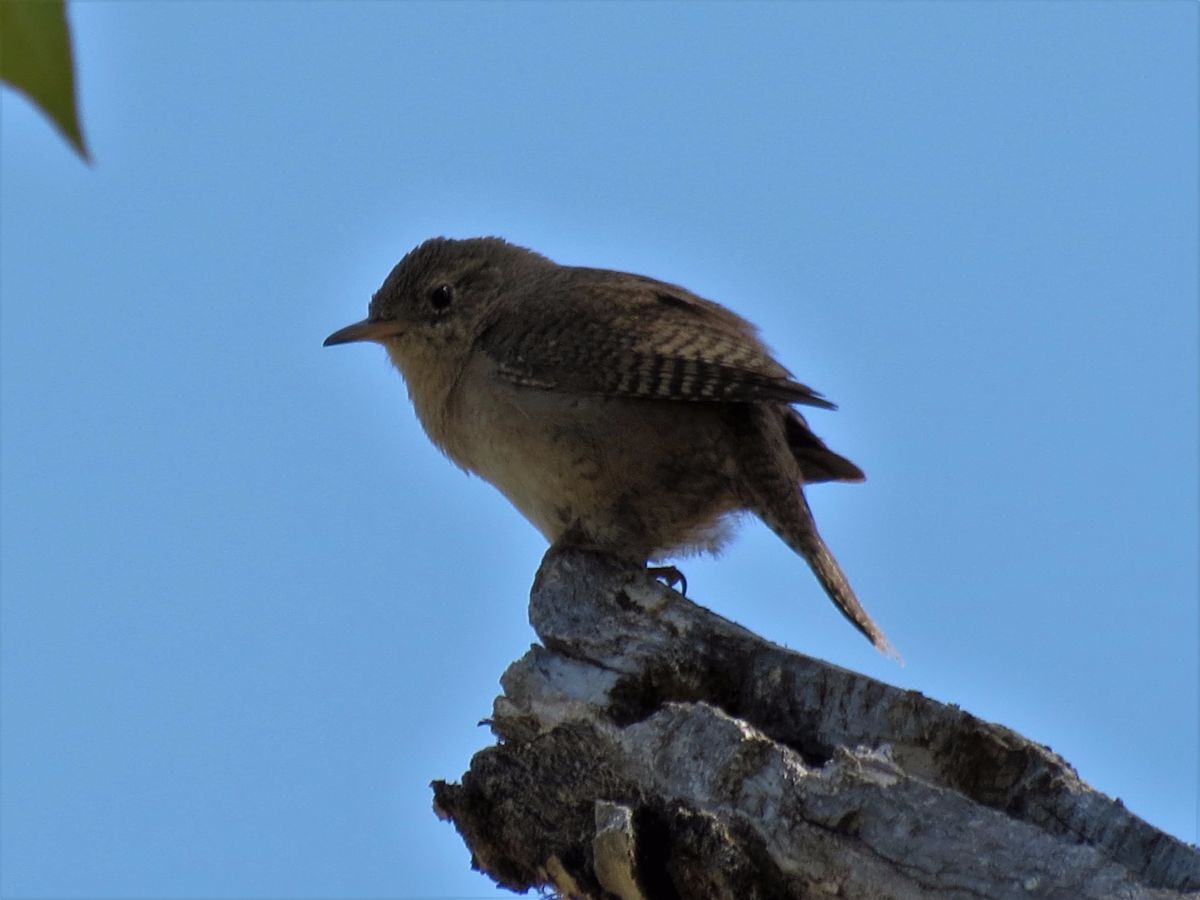
Male House Wren. Found in large numbers in the Hills. May 18, 2013.
Common birds of the deciduous woodlands are American Robin, Yellow Warbler, Western Wood Pewee, Least Flycatcher, Baltimore Oriole, American Goldfinch, and, House Wren. In fact, the Hills could very well be the House Wren capitol of Alberta. Brewer’s Blackbirds line the roadsides south of Sheriff King while Red-winged Blackbirds are common marsh dwellers with large colonies at Lloyd Lake and at the large marsh on Spruce Meadows Way. Yellow-headed Blackbirds are not as common. Sora Rails are also common marsh dwellers.

Male Cinnamon Teal. One of the common teals found in one of the shallow ponds in Dewinton area and in the west end of the Hills. June 6, 2013.
All of Green-winged, Blue-winged, and, Cinnamon Teal are the common ducks of shallow, muddy pools, particularly on the east side of the block. This holds true on the same waterbodies of the west end. Deeper, larger waterbodies in the west end can hold Lesser Scaup, Bufflehead, American Coot, Ruddy Duck and others. The serene woodland marsh and pond at the south end of 160 Street may be the only waterbody in the area that annually hosts Canvasback. Sloughs in this extreme more pristine west end may also host Ruddy Duck, Ring-necked Duck, Hooded Merganser, Barrow’s Goldeneye, and Horned Grebe.

Gray Catbird with Dragonfly. August 3, 2013.
Some songbirds that can be found in this wilder west end include Gray Catbird, Lincoln’s Sparrow, Song Sparrow, Rose-breasted Grosbeak, Orange-crowned Warbler, Yellow-bellied Sapsucker, Pileated Woodpecker, and, Tennessee Warbler which seems to be ever expanding its range eastward from the foothills. Cedar Waxwing can be seen flycatching around almost any waterbody in the west end, and, Alder Flycatcher can be found in the Willows around the marsh at the south end of 160 Street. Both HAMMOND’S FLYCATCHER and Pacific-Slope Flycatcher have been seen in migration in the willows on the east side of this slough while another sighting of interest here was a flock of more than 30 Eastern Kingbirds flycatching at this slough one day in the Fall of 2015.
Some other interesting songbird sightings in the hills include Crossbills along the north stretch of 192 Street; a LOGGERHEAD SHRIKE at the Springwell Farms Ponds at 64 Street and 242 Avenue S.W.; Sprague’s Pipits some years in the open grasslands; a BREWER’S SPARROW one year in June on the high south-facing slope on 1119 Drive starting the descent down to 192 Street; PURPLE MARTINS at an acreage off 160 Street on the south descent; a Western Kingbird just west of Springwell Farms; Say’s Phoebes; a Provincial record late Fall Eastern Phoebe(Sept. 25, 2008) at a small pond in the southeast corner of the 1119 Drive-192 Street intersection, and, a reported VAUX’S SWIFT at an acreage south of Spruce Meadows.
To be watched for is BLACK-HEADED GROSBEAK. This species, which used to be found only in the extreme southwest corner of the province, seems to have been slowly pushing northward through the foothills, being reported now almost annually somewhere southwest or northwest of Calgary. In the Summer of 2016, a bird was clearly heard singing across the road from a marsh on 192 Street just south of 242 avenue. At a marsh further south of that location, a bird that sounded like a SUMMER TANAGER sang in June of 2013.
There have also been many interesting non-Songbird records in the Hills. For instance one cool November morning I was driving to a nearby Shopping Centre when I noticed a Loon flying above the car off to the left. It was not that high off the ground, but, I was unable to get a clear look at it, but was able to see that in the direction it was going it had a very good chance of coming down in Sheriff King Slough which was only a couple of miles further southward. I dropped my wife off to shop and went over to check, and, sure enough, there was the Loon alright, but even better, it was a RED-THROATED LOON, the most uncommon Loon in the Calgary area other than Yellow-billed.
On March 27, 2016, I was birding in the Hills. One of my regular stops was a large dugout with an island on the north side of 242 Avenue just west of Springwell Farms. At this dugout there is a fairly large contingent of resident Canada Geese who have been inhabiting the site for the past few years. They are incredibly faithful to the site and have returned year after year to raise their young. However, For some reason, this site has proved attractive to 2 species of Cackling Geese in Spring migration. One of them is the Minima subspecies which is the smallest of the 4 basic Cackling Gull morphs and is from western Alaska. The other is from even farther away, the Aleutian Islands. I know of only 1 prior record of this species in Alberta that being in the Fall of 2007 in Calgary. Latin name for the ALEUTIAN GOOSE is Branta Hutchinsonii Leucoparaiea. But, we won’t stop with those 2 subspecies, the dugout has also played host to the common Hutchinson’s Canada Geese which breeds in the Canadian Arctic and migrates through the prairie east of the Front Ranges in large numbers in some years. Here is a picture of the ALEUTIAN GOOSE.
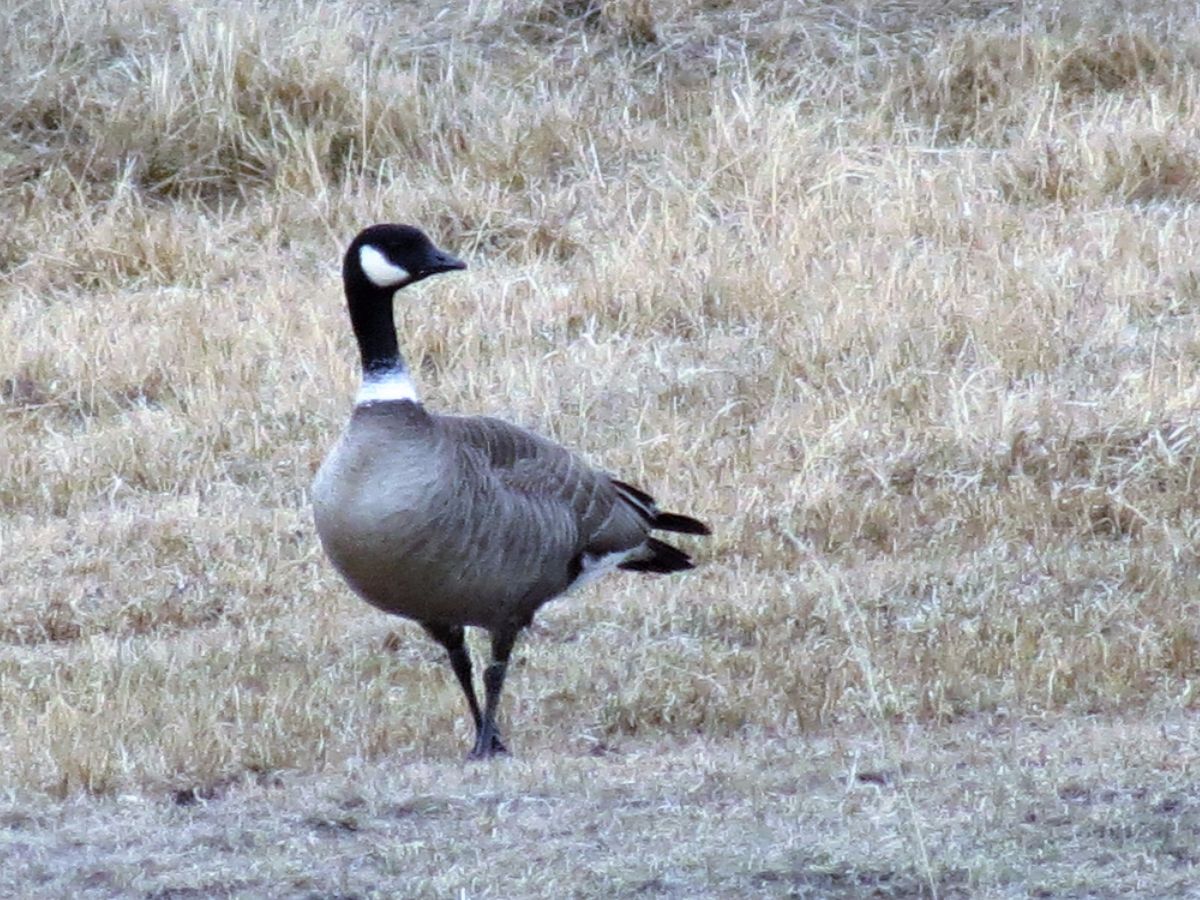
Aleutian Goose (Branta Hutchinsii Leucoparaiea). March 27, 2016.
Another sighting of interest occurred in the summer of 2009. I came across what looked like a juvenile RED-BREASTED MERGANSER on the 160 Street pond. This would have been amazingly unusual in the months of June and July. I could recall only one record previously of a RED-BREASTED MERGANSER here in the summer months and that was a bird on Railway Slough in the Irricana Sloughs. If I recall correctly that would have been in the 1990s.
Yet another unusual sighting amongst the non-Songbirds occurred during a Calgary area May Species Count. I believe it was early in the new millennium. It was drizzling rain all day and at the time I was on Sheriff King Street. I could see some California Gulls in a fallow field off to the west. A different bird from them was in the same field perhaps a hundred metres or so to the north. It had a black cap and was about Gull size and was watching the California Gulls. Through the rain I could see that the bird was a PARASITIC JAEGER! Well, one couldn’t ask for a better bird than that on a May Species Count.
Other sightings of interest include a ROSS’S GOOSE and a Greater White-fronted Goose on Sheriff King Slough and an immature Snow Goose in with Canada Geese foraging in a stubble field on Sheriff King Street. In the 1990s, an adult GREAT EGRET was found in a wetland at the junction of Highway 2A and 194 Avenue in south Calgary. After a couple of days, the bird left the wetland and flew westward into the Hills and was seen flying parallel to 226 Avenue at the Highway 773 junction.
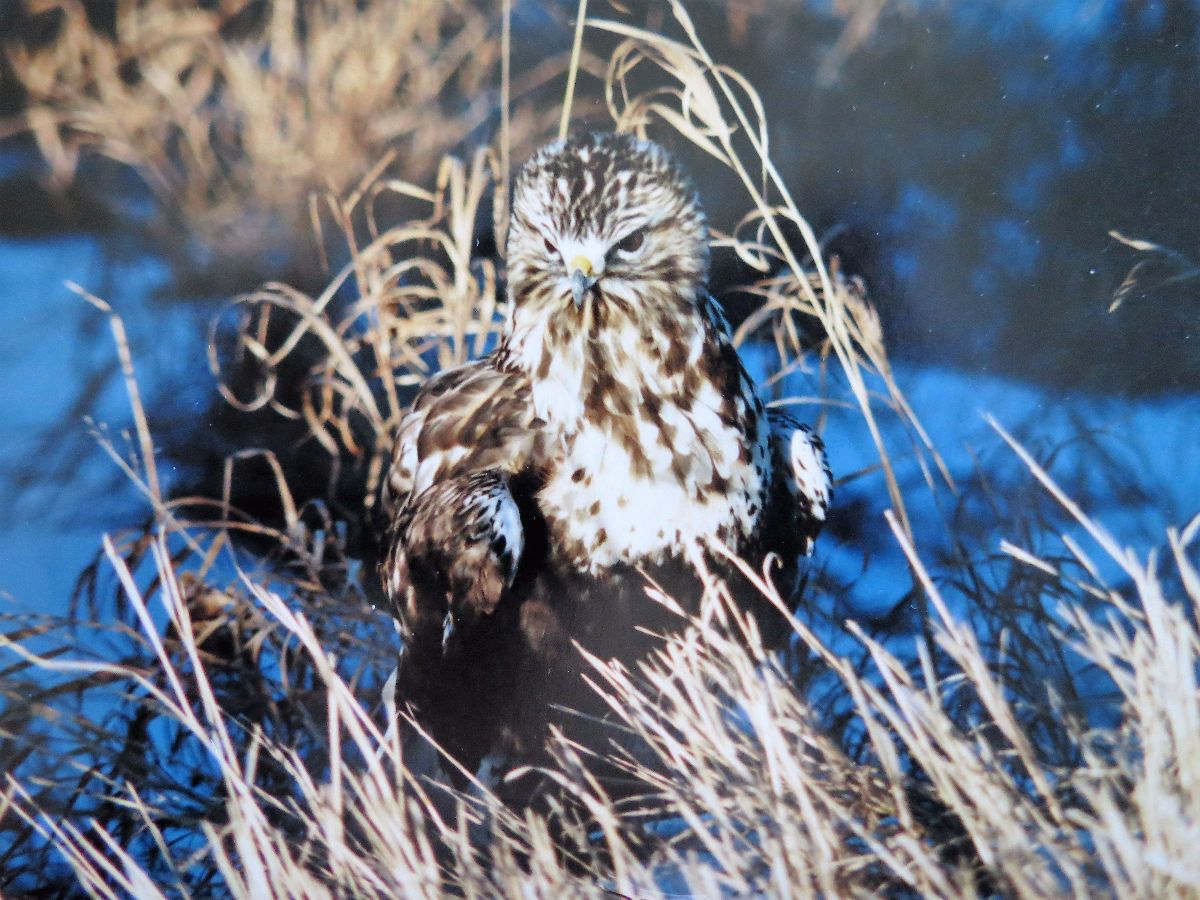
Female Rough-legged Hawk.
In the Fall of 2015, we were returning home from a trip through the Hills along Highway 773. I was almost completely stunned to see an adult Ferruginous Hawk perched on a fencepost at the 4-Way Stop. This was the first time I had seen that species south of Calgary. This leads us to another class of birds to deal with; the Raptors. Swainson’s Hawks and Red-tailed Hawks are the 2 common Buteos of the area. You should see Ospreys at Sheriff King Slough and both Sharp-shinned and Cooper’s Hawks can often be seen in migration soaring over the hilltops. Northern Harriers are not common, but are there. Northern Goshawk is resident in the west end of the area, and, occasionally, some birds venture further east in to the open hills in search of prey. Rough-legged Hawks can be found in the Hills from Fall to Spring, but, numbers vary from year to year. Golden Eagles are occasionally seen in the block. Peregrine Falcons have been seen passing through and one can have a chance to find a Gyrfalcon somewhere in the area. Areas where Gyrs have been seen most often are along the open fields off Sheriff King Street and along the valley along 226 Avenue and along the east-west section of Highway 773.
On Red-tailed Hawks, the mature Balsam Poplars lining 210 Avenue west of Sheriff King Street were the first location in southern Alberta where dark morph Red-tailed Hawks were confirmed as breeding. That was in 2007. Since that time a mixed pair of Red-tails, one bird dark and the other light, were seen in 2 successive years, 2013 and 2014, over heavily-forested terrain off 192 Street. In the Summer of 2013, a dark morph Red-tail, probably the bird from the mentioned pair was seen over the 160 Street pond. In the Summer of 2016, an intergrade light morph-dark morph bird was seen perched in a remote Aspen on a road through the Cross Conservancy. Considering the fact that there have been other such mixed pairings breeding within the Calgary area within the past few years, it is now possible to see an assortment of differently-plumaged Red-tails in the Hills even in breeding season. In migration, the Hills is an excellent site to see migrating Red-tails in many different plumages. Rarely, a dark morph bird may overwinter in the area.
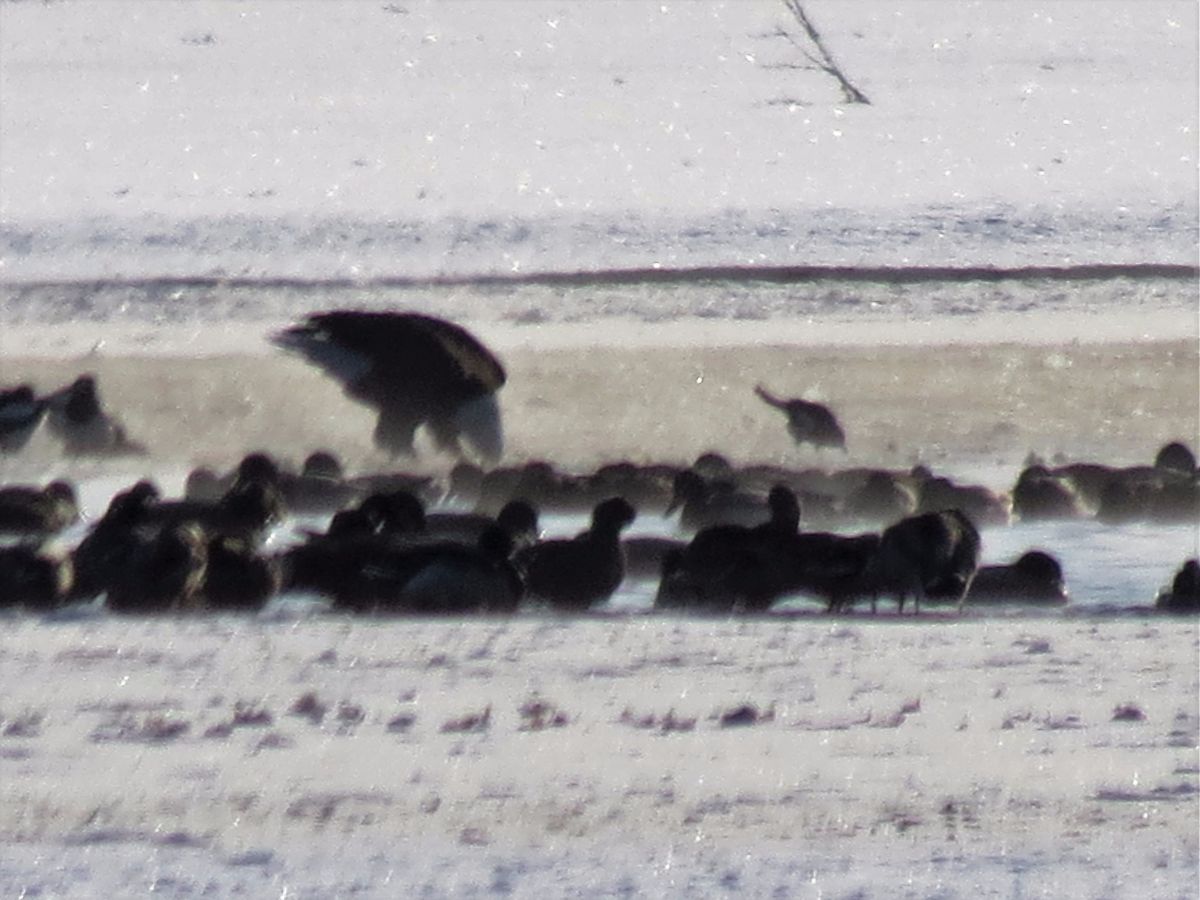
Adult Bald Eagle at Sheriff King Slough in late Fall. Dec. 8, 2012.
Bald Eagles are not resident in the Hills, but, they can be seen in the Spring hunting Richardson’s Ground Squirrels, and, in late Fall, they can be seen hunting waterfowl at fast freezing waterbodies, usually Sheriff King Slough. But this activity is not confined to Bald Eagles. One year I watched a pair of immature Northern Harriers set up shop at Sheriff King with only a few openings left in the ice holding lingering waterfowl. Waterfowl remains were many on the surrounding ice.
One family of birds that could probably do with more study in the Hills is the Owl family. Great Horneds are resident, and, Northern Hawk Owls are sometimes spotted in the semi-open areas of the west end.

Trumpeter Swans on one of the Springwell Farms ponds. March 25, 2016.
One final point I think that would interest birders is the fact that some of the waterbodies in the area are favoured amongst migrating Trumpeter Swans. One very reliable site to watch these snow white birds are the ponds at Springwell Farms. The ponds have also held Snow Geese.
_____________________________________________
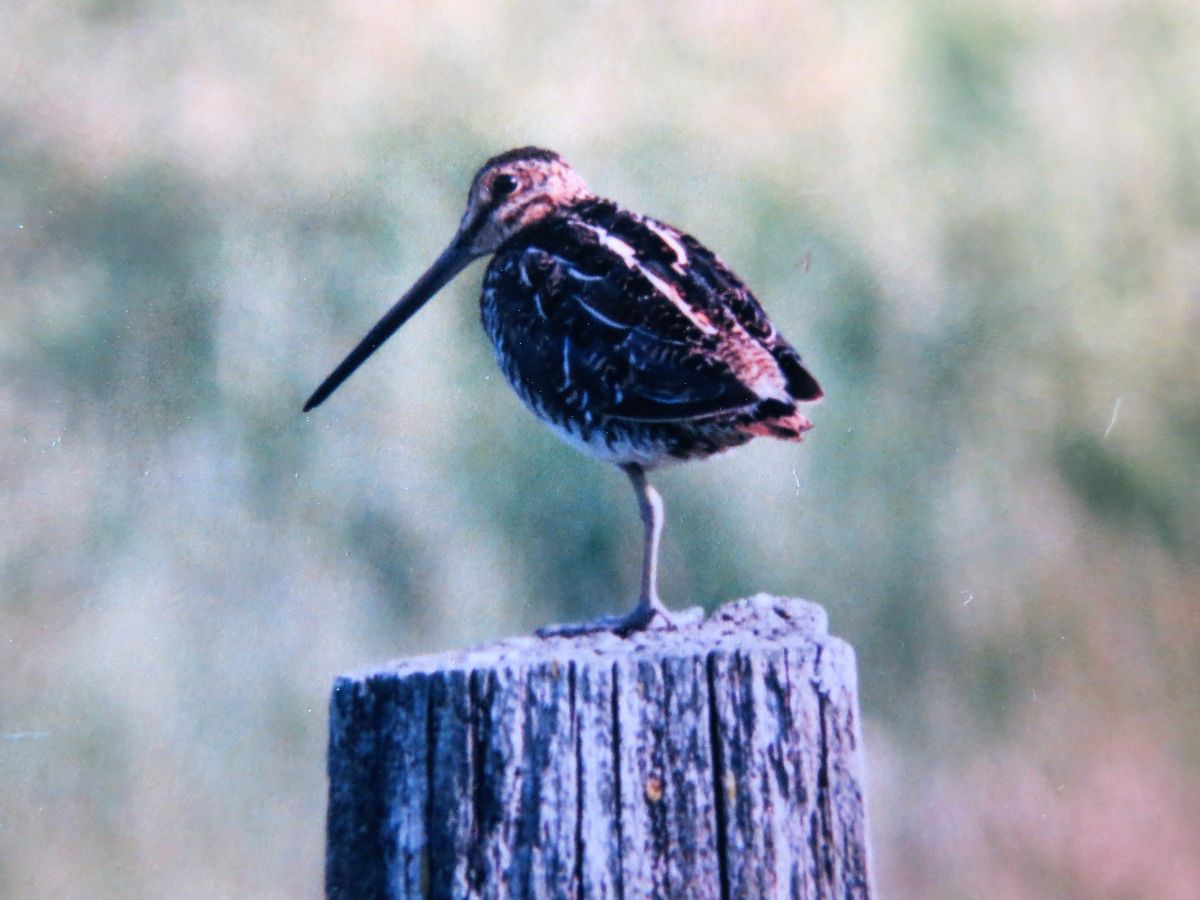
Wilson’s Snipe. Many of these were brought out in the open by winter weather on October 8. April 20, 2015.
Fall Migration, 2016–
The most important bird that has come to light since the most recent Terry’s Travels was the discovery of a Hummingbird that was coming to a home southwest of Longview, Alberta. I noticed the photograph of the bird on the Alberta Birds Facebook page, and, investigating further, the bird most resembled an immature male Costa’s Hummingbird, which would be the Province’s only 3rd. record ever. The bird had been coming to this home for 2-3 weeks, but now has not been since Tuesday, October 4.
Four hundred Loons must have been quite a sight at Barrier Lake on Highway 40 in Kananaskis Country on Thursday, October 6. This came following our first blast of somewhat wintry weather. Three of the birds were Pacific Loon. To top it off, there were also 9 Surf Scoters there, and, an additional 30 at Lake Minnewanka in Banff National Park. A lone Pacific Loon has been at Glenmore Reservoir in Calgary since October 6 and both Surf and White-winged Scoters have been there almost daily. A female or immature BLACK SCOTER there on October 6 was a major find, but, unfortunately appears as though it was seen by only the person who found it.
Northern Gulls are finally starting to appear in our area. A Nature Calgary Field Trip found a 1st. year KUMLIEN’S ICELAND GULL; a 1st. year Herring Gull-Glaucous GULL hybrid, and, 5 1st. year Thayer’s Gulls at the Peigan Trail Gull Ponds below the City of Calgary Landfill on October 8. Another KUMLIEN’S GULL, this time an adult, was seen on the Bow River adjacent to the Inglewood Golf Course on Thanksgiving Day. An adult Mew Gull has attracted many observers to the Irrigation Canal opposite the Inglewood Golf Course for the past few days while 1 or 2 others were reported on Thanksgiving Day, one on the river by the Inglewood Golf Course, and, the other at Elliston Park in southeast Calgary.
According to reports, a large white Falcon in the Burnsmead area of Fish Creek PP on Sunday, October 2 may have been a white morph GYRFALCON which I know of only 5 previous reports in the Calgary area since 1987.
Rusty Blackbirds are starting to show up in our area. A nice flock of 25 was discovered in an Irrigation Canal on Range Road 262 south of Township Road 270 southeast of Irricana on October 8.
A Harris’s Sparrow is being a big draw in an Edmonton park, while one was found in Bowmont Park in northwest Calgary on Thanksgiving Day.
The recent blast of Winter has had Wilson’s Snipe and Western Meadowlarks out in the open. A Nature Calgary Field Trip found a total of 32 Snipe and 8 Meadowlarks east of Calgary on October 8, while others also filed reports finding both Snipe and Meadowlarks.
Common Redpolls are new winter visitors here, while late-migrating shorebirds included a Baird’s Sandpiper and a Lesser Yellowlegs at McElroy Slough on Inverlake Road just northeast of Chestermere Lake on October 8, and, a Solitary Sandpiper, also at McElroy Slough, on October 5.
Until next time……………… Terry Korolyk

